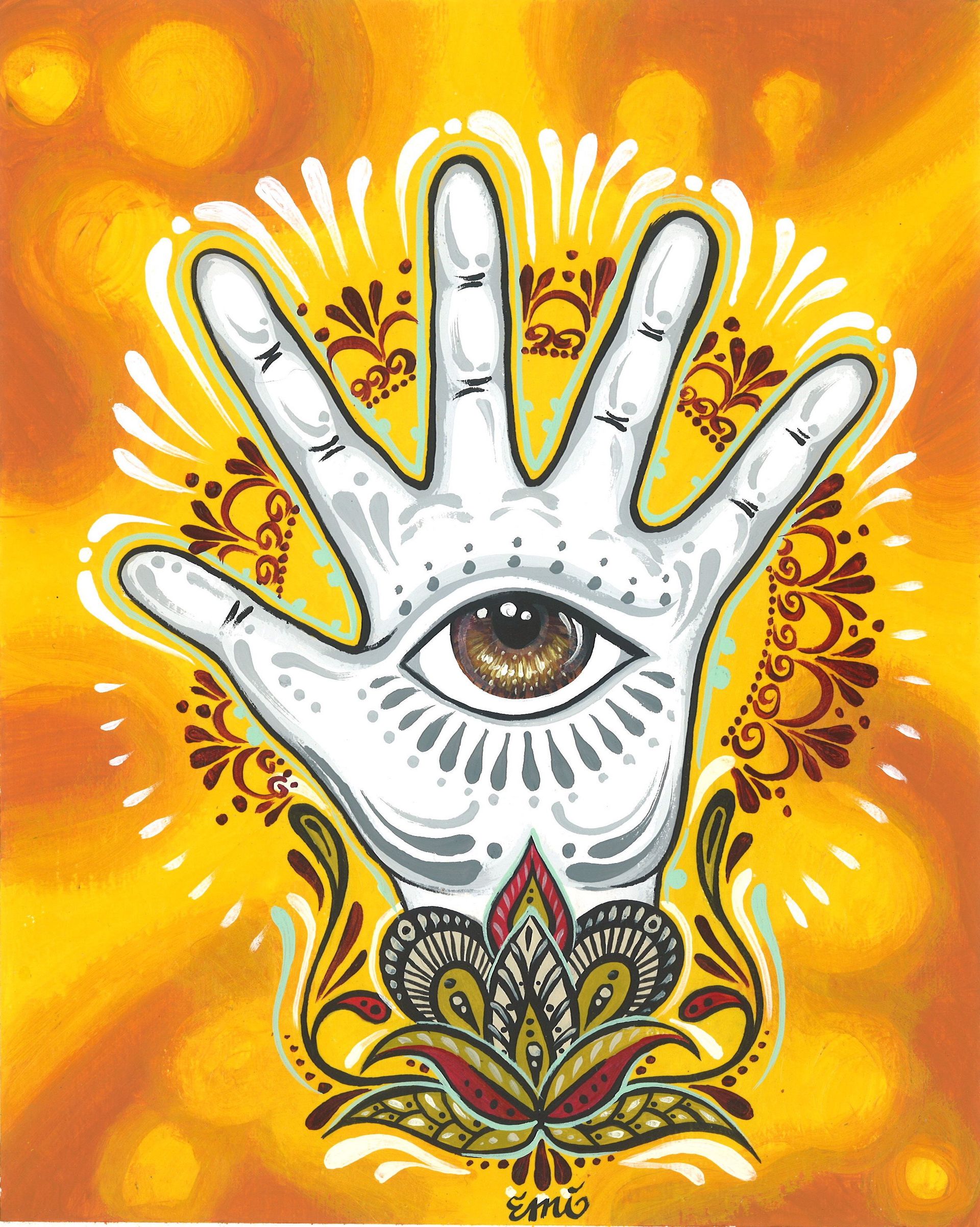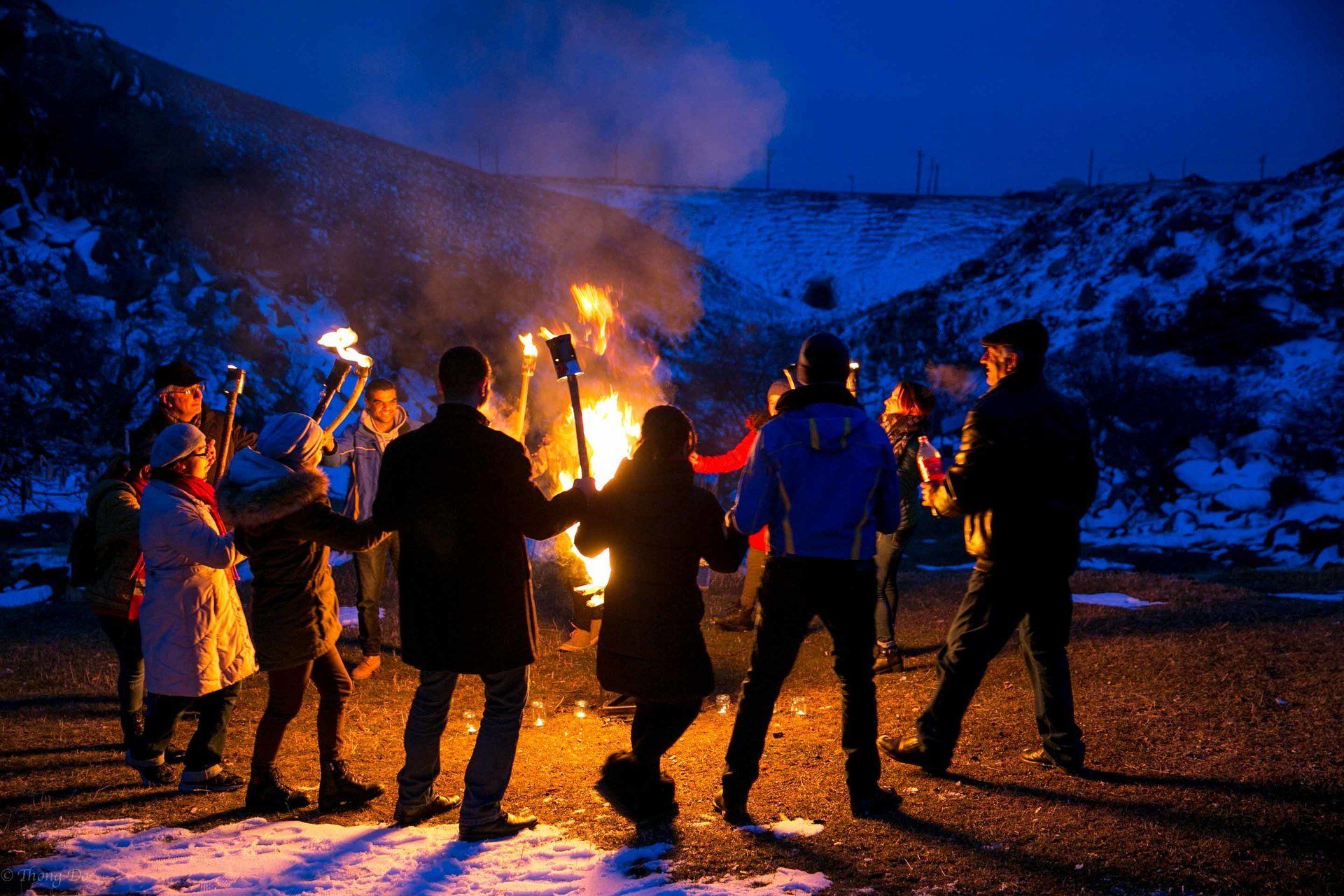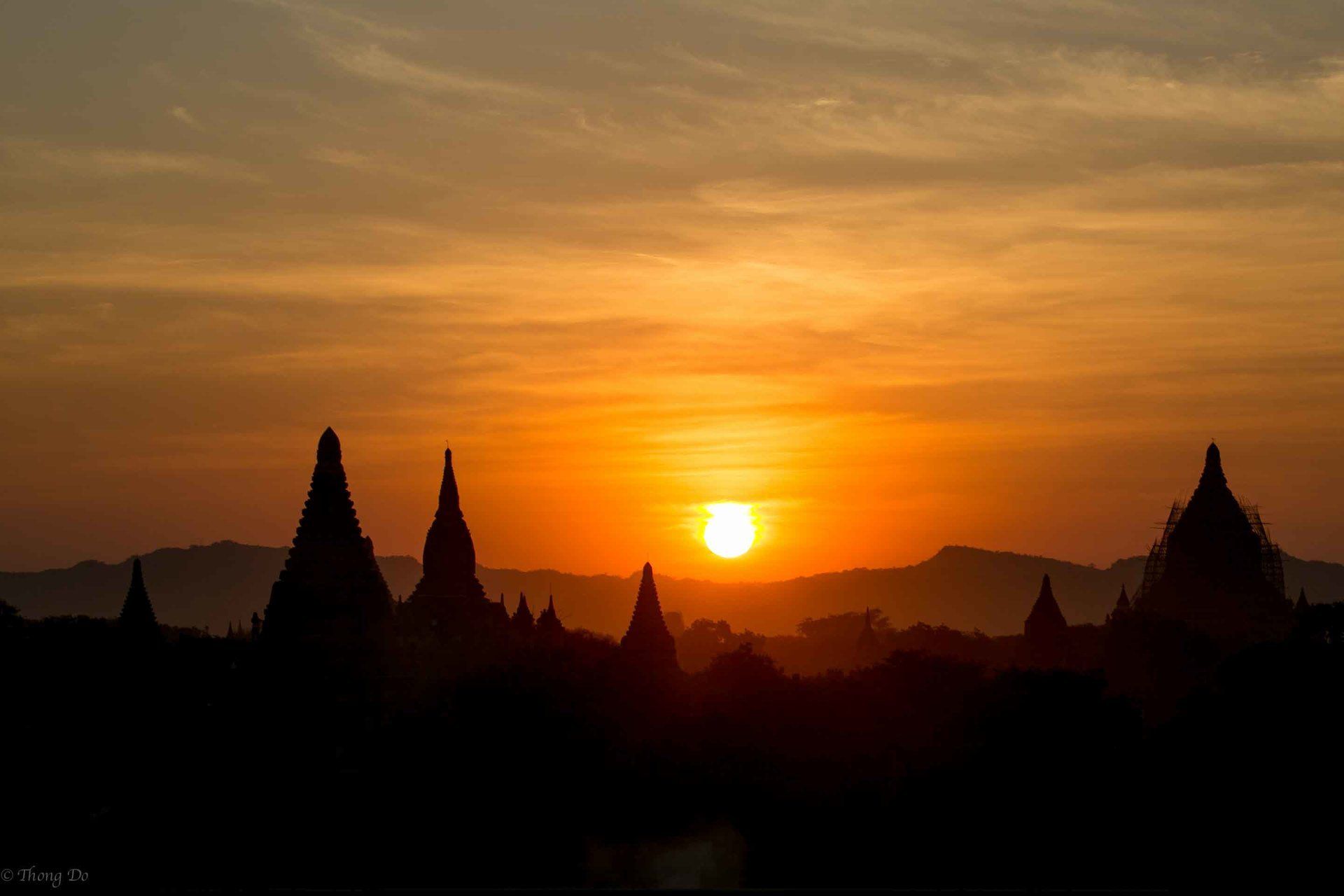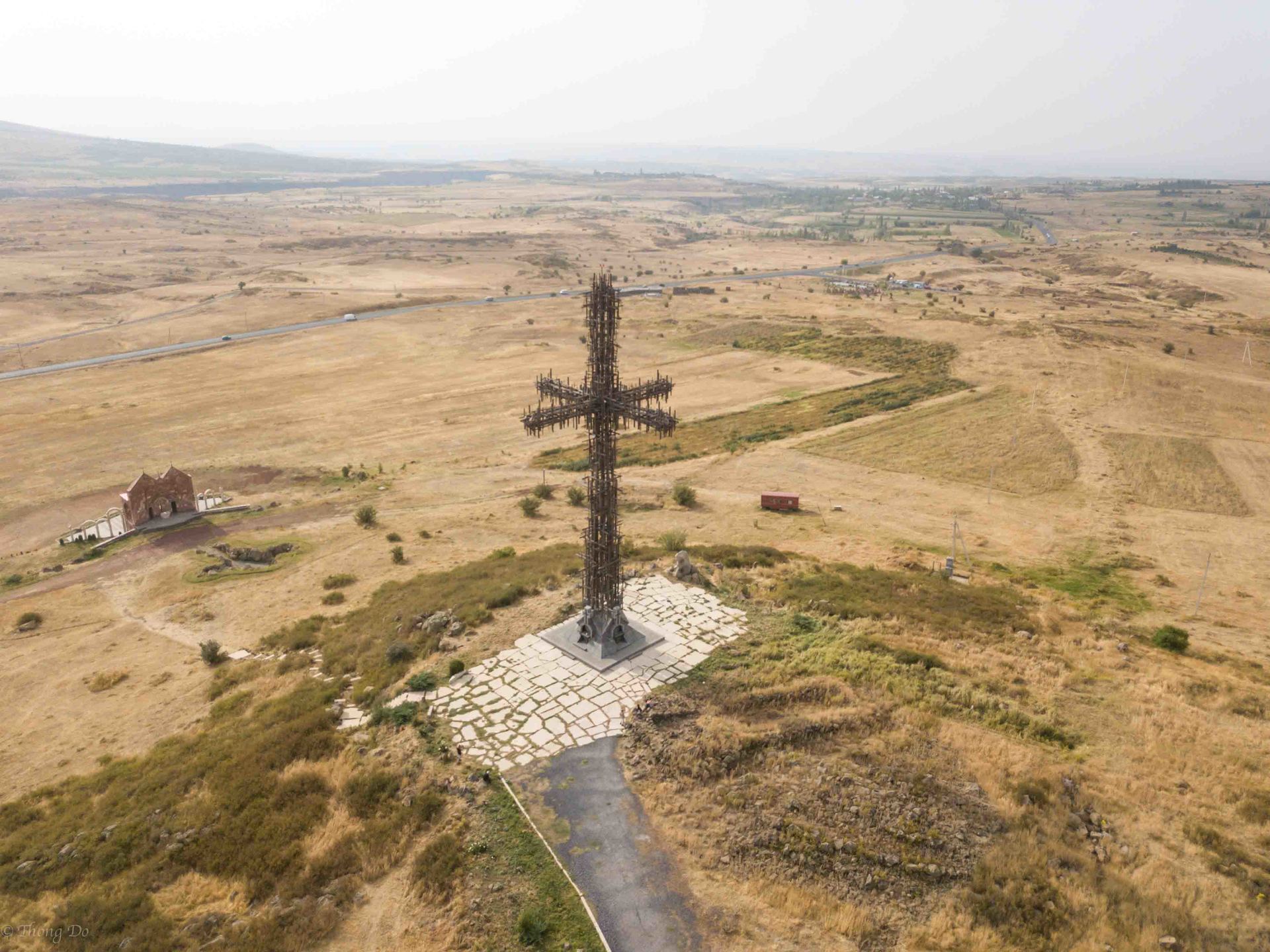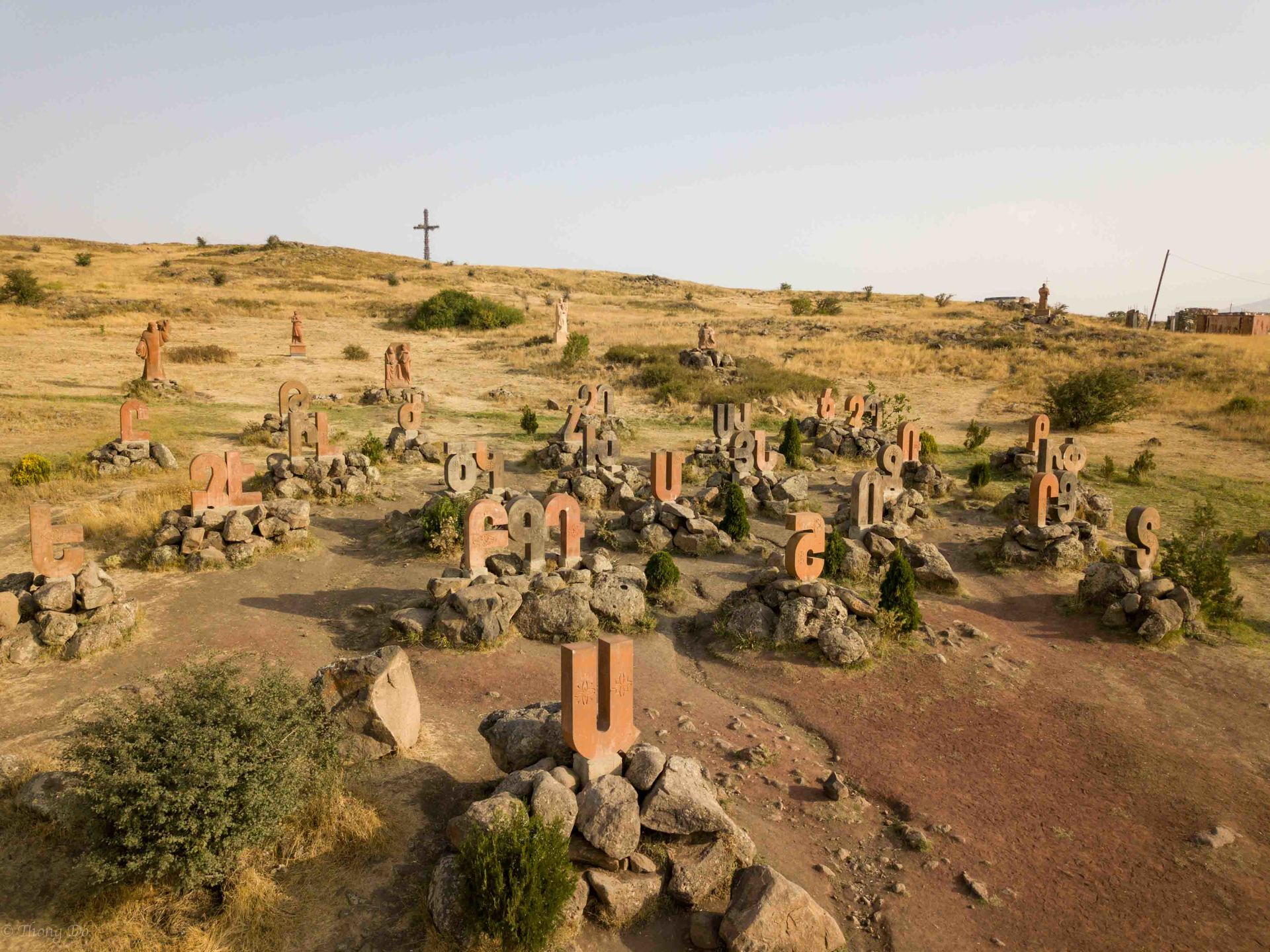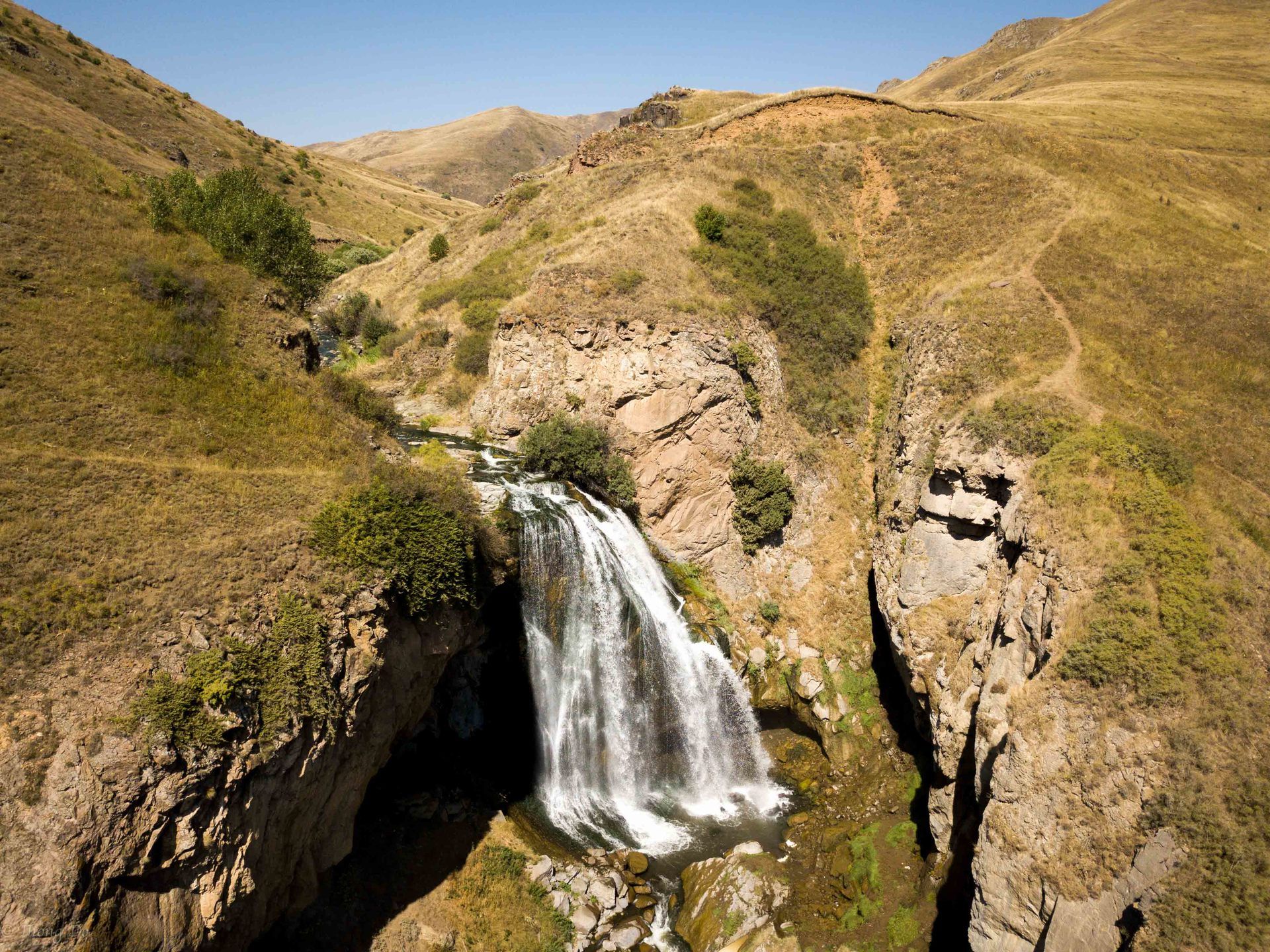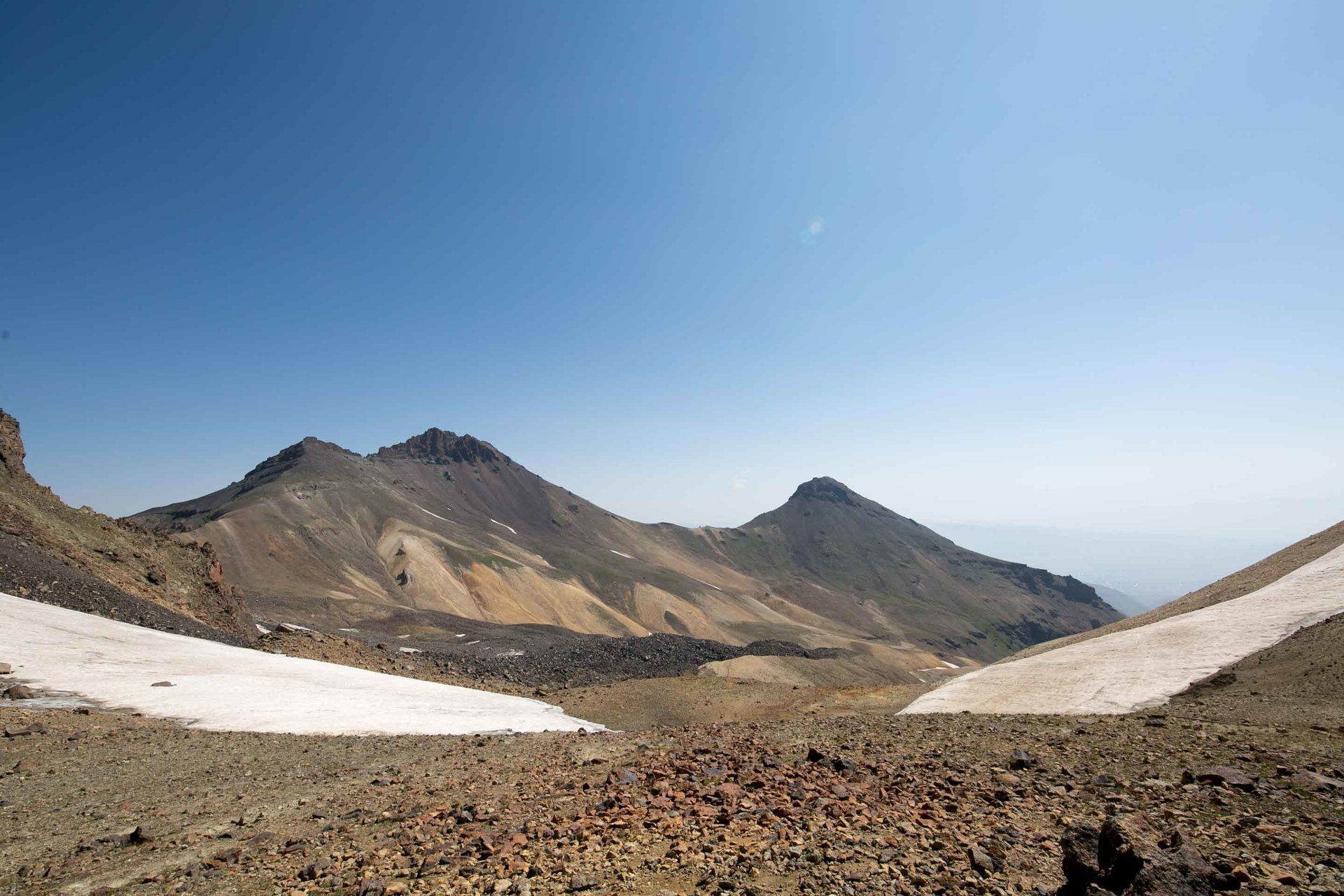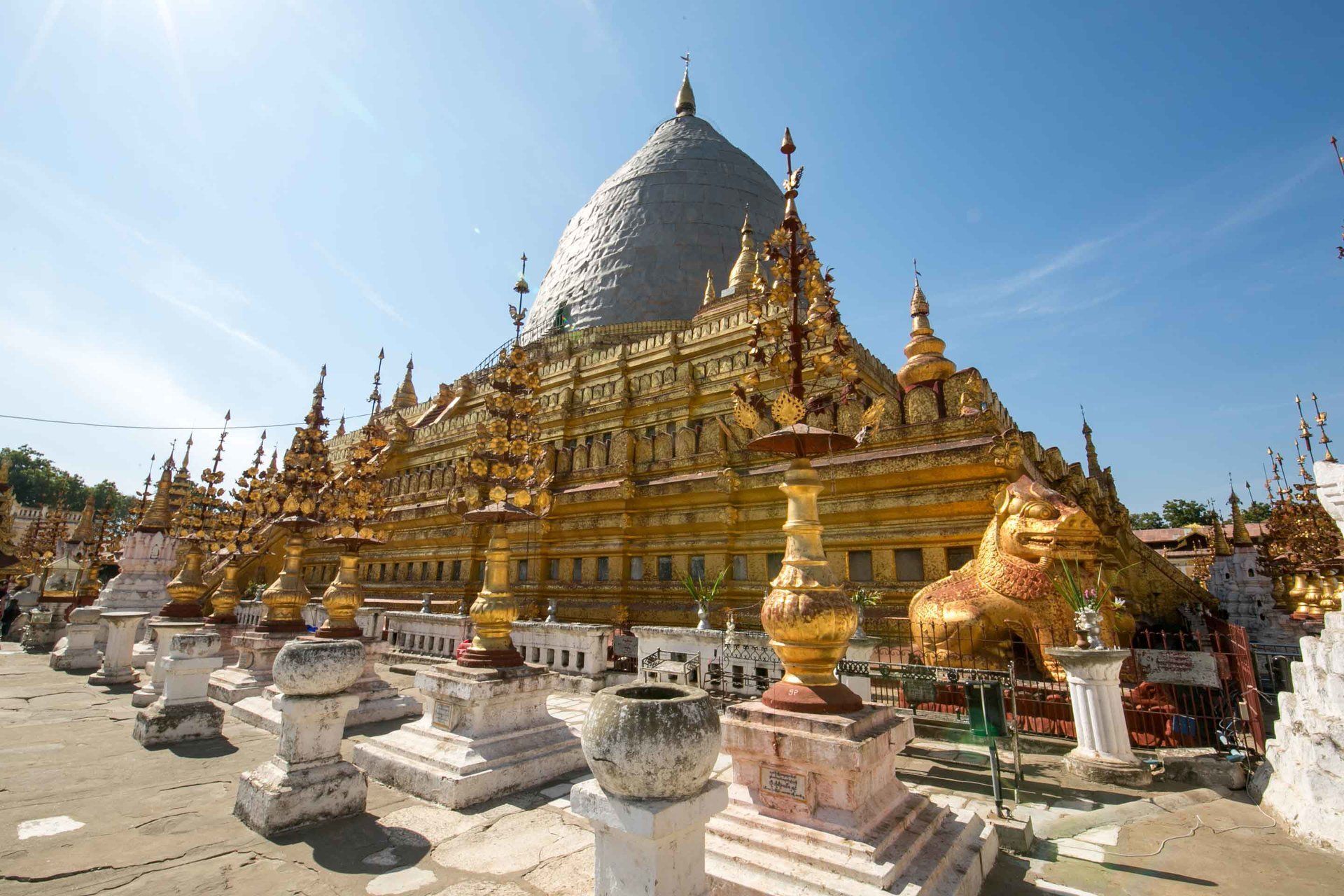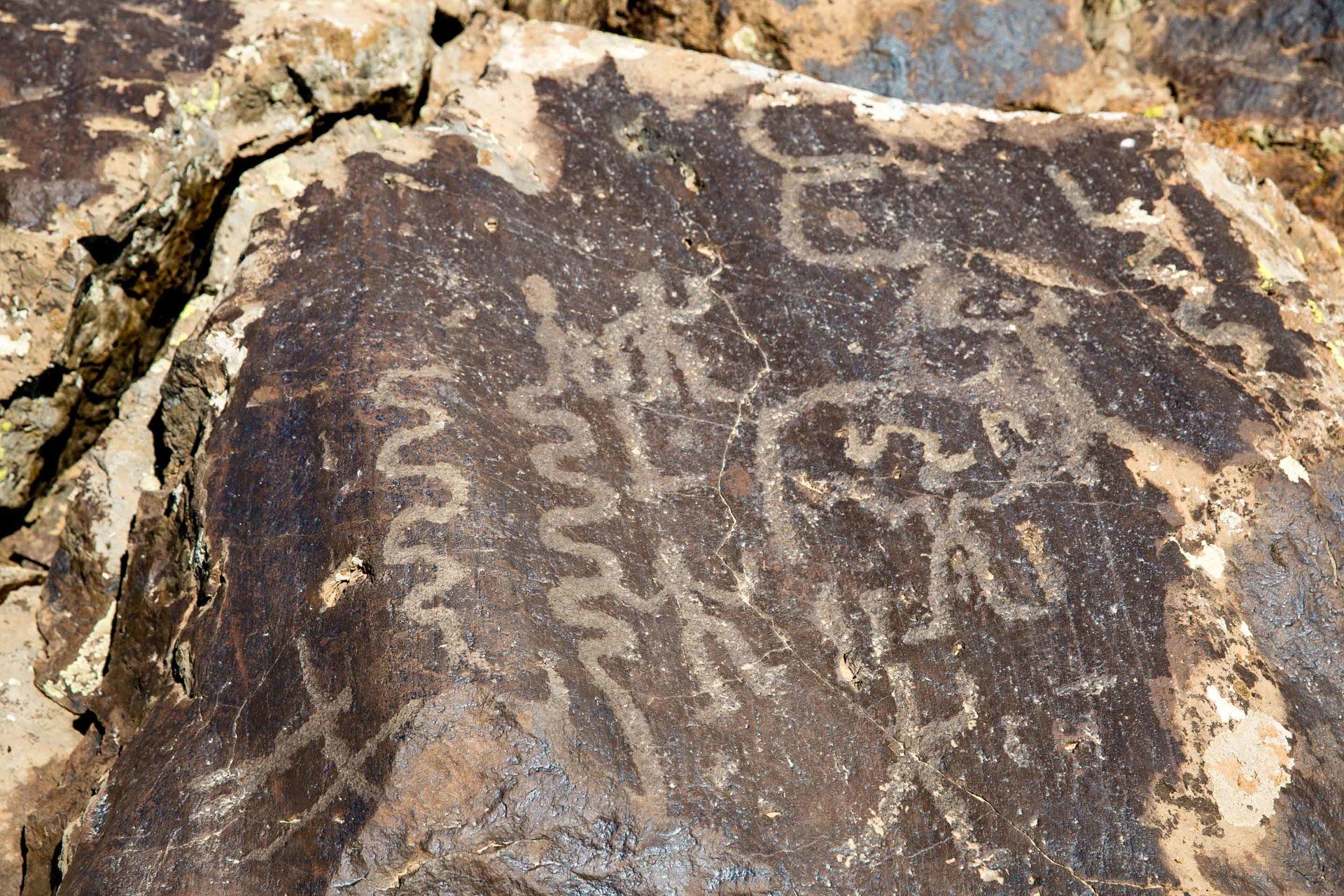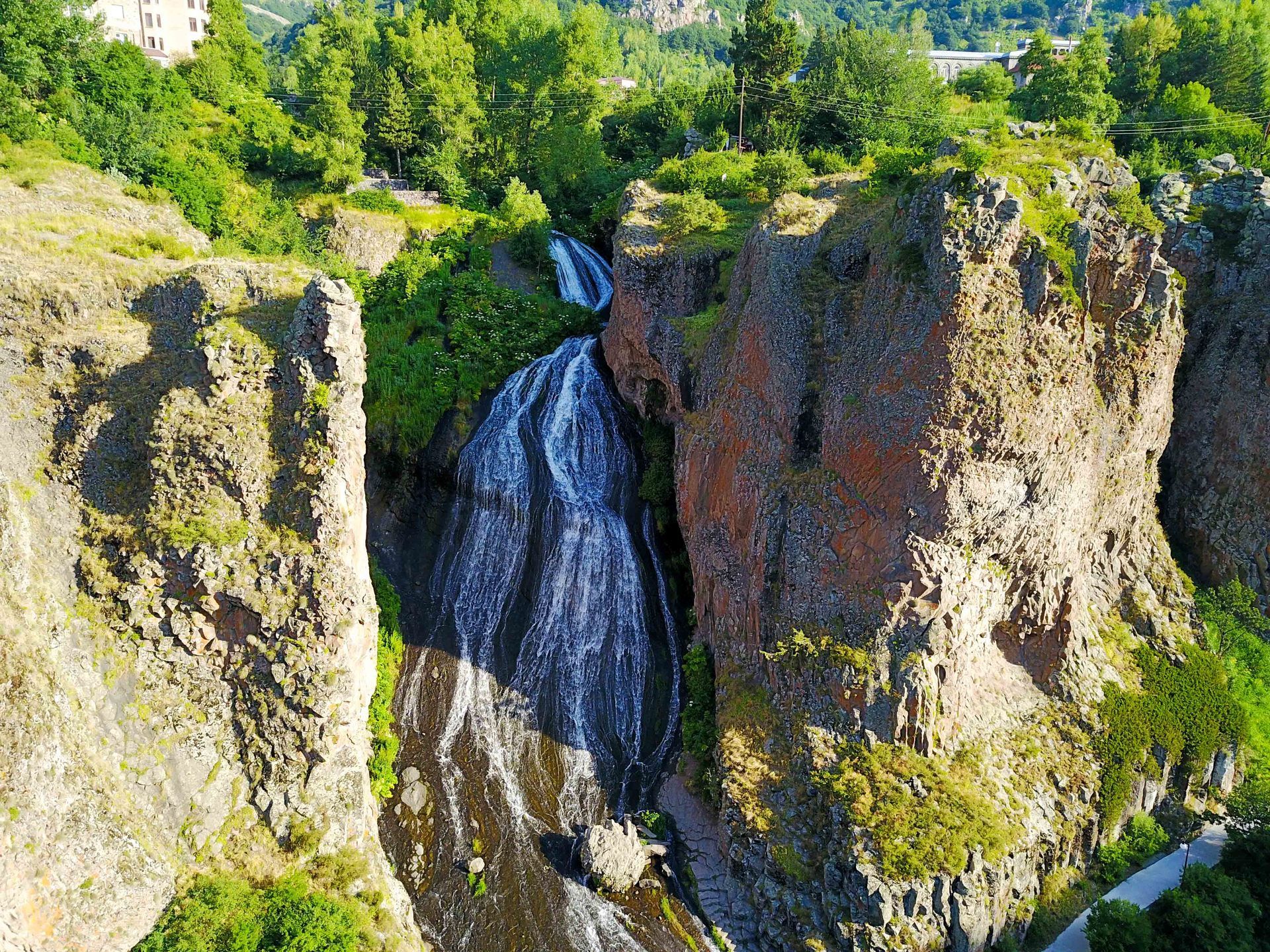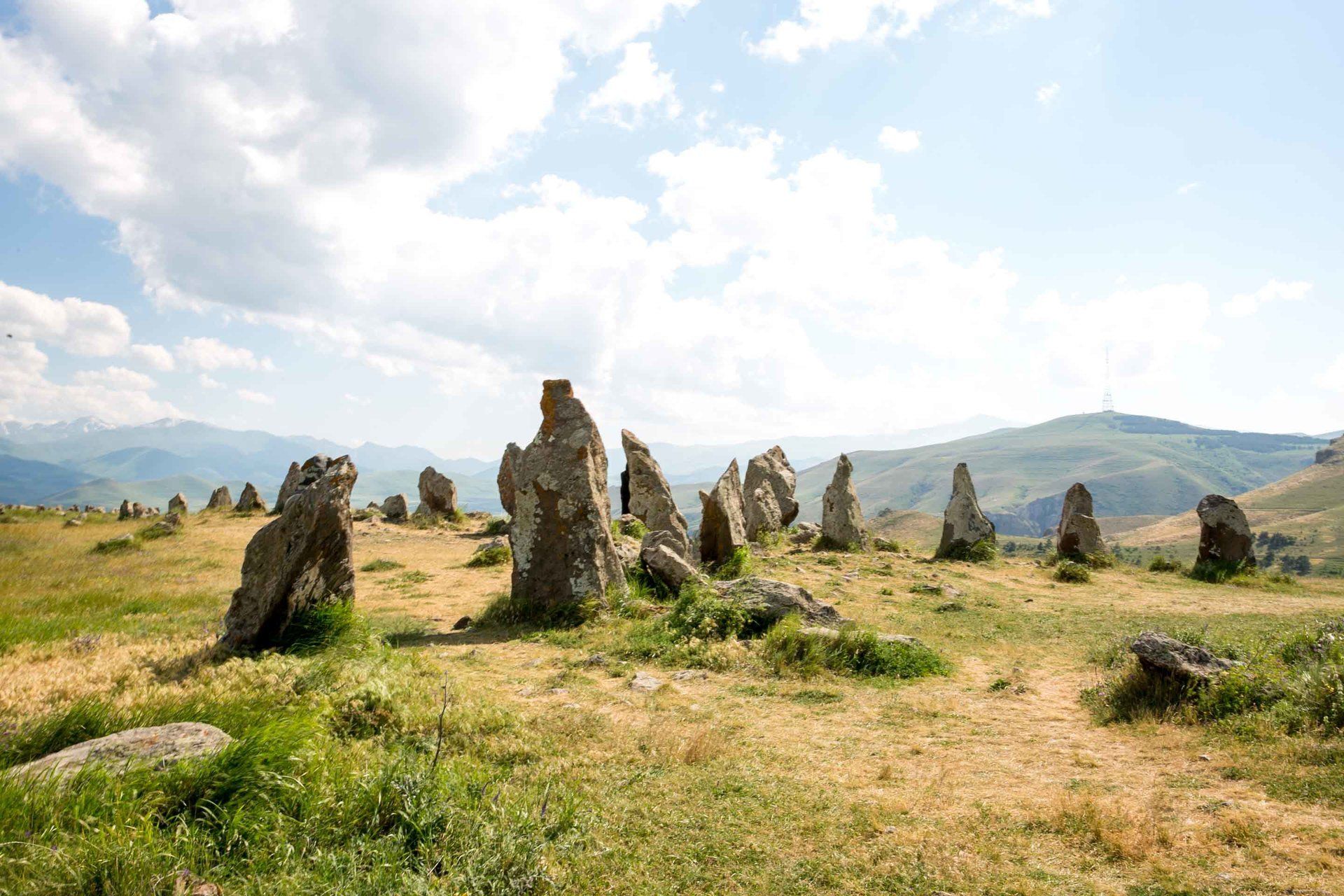What to see in Mandalay, Myanmar: Part 7 Monywa – The Pho Win Taung Caves and The Shwebataung Labyrinth
- By Thong Do
- •
- 03 May, 2017
- •
Nestled deep in the rural hinterland west of the Chindwin River is one of the most hidden gems worth experiencing in the Monywa region. The Pho Win Taung is an elaborate Buddhist cave complex about 25 kilometers west of Monywa. The name translates as Mountain of Isolated Meditation. This area contains hundreds rock-cut chambers and caves that are exquisitely decorated.
Despite the great vibes you get from walking around the complex is not in the best condition. There are no tourist friendly shops here other than a ticket office. You are pretty much free to roam around on your own accord with little supervision.
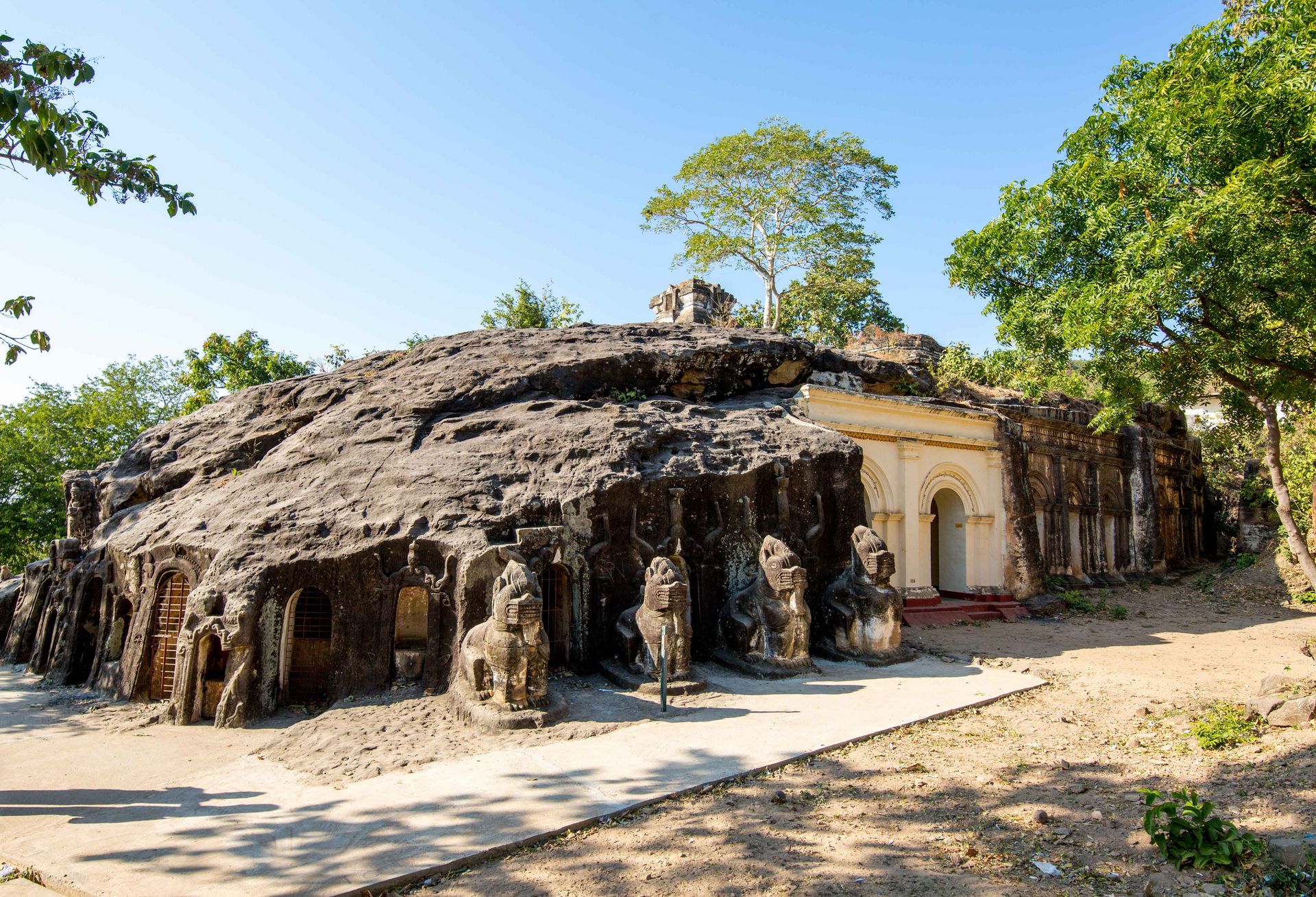
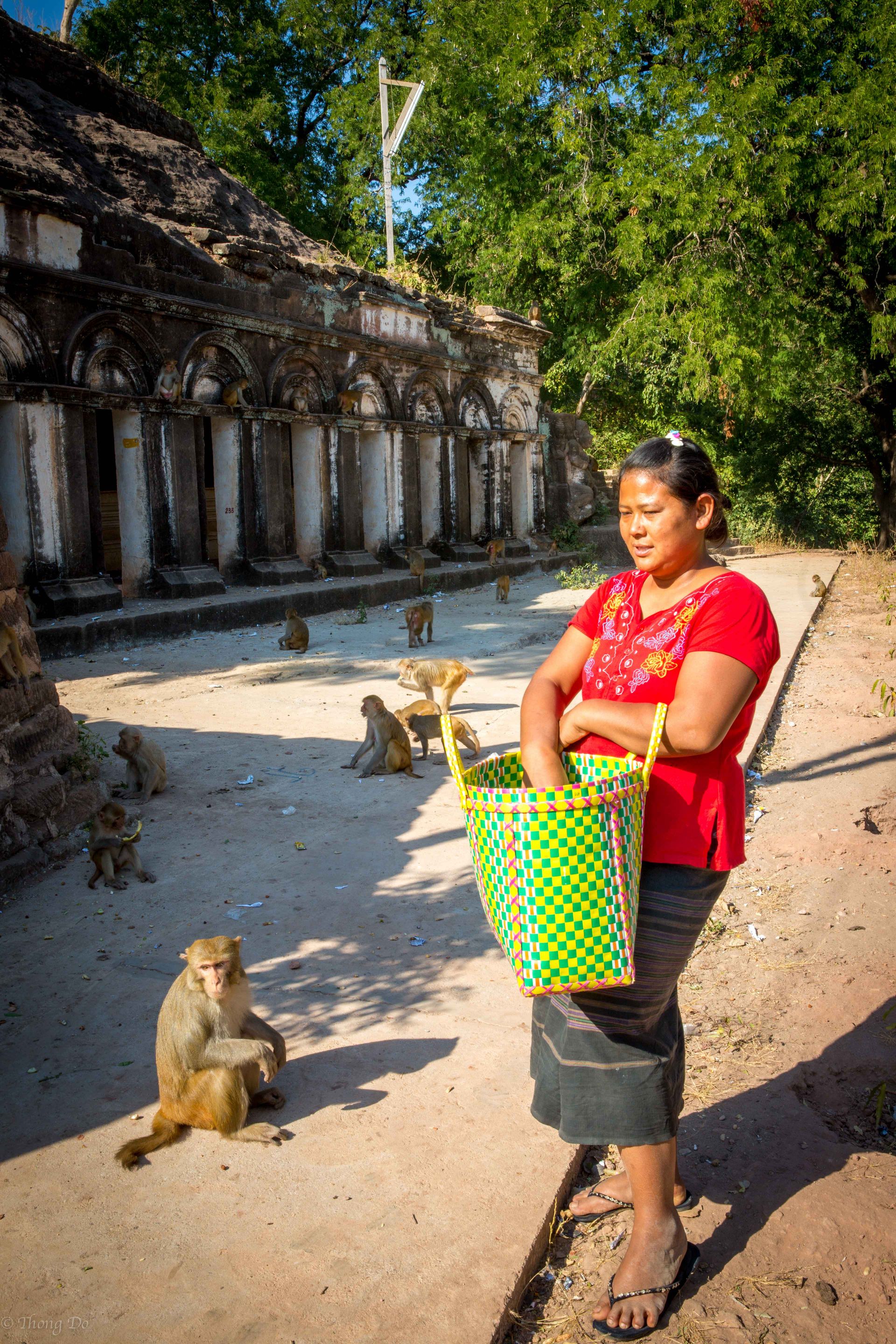
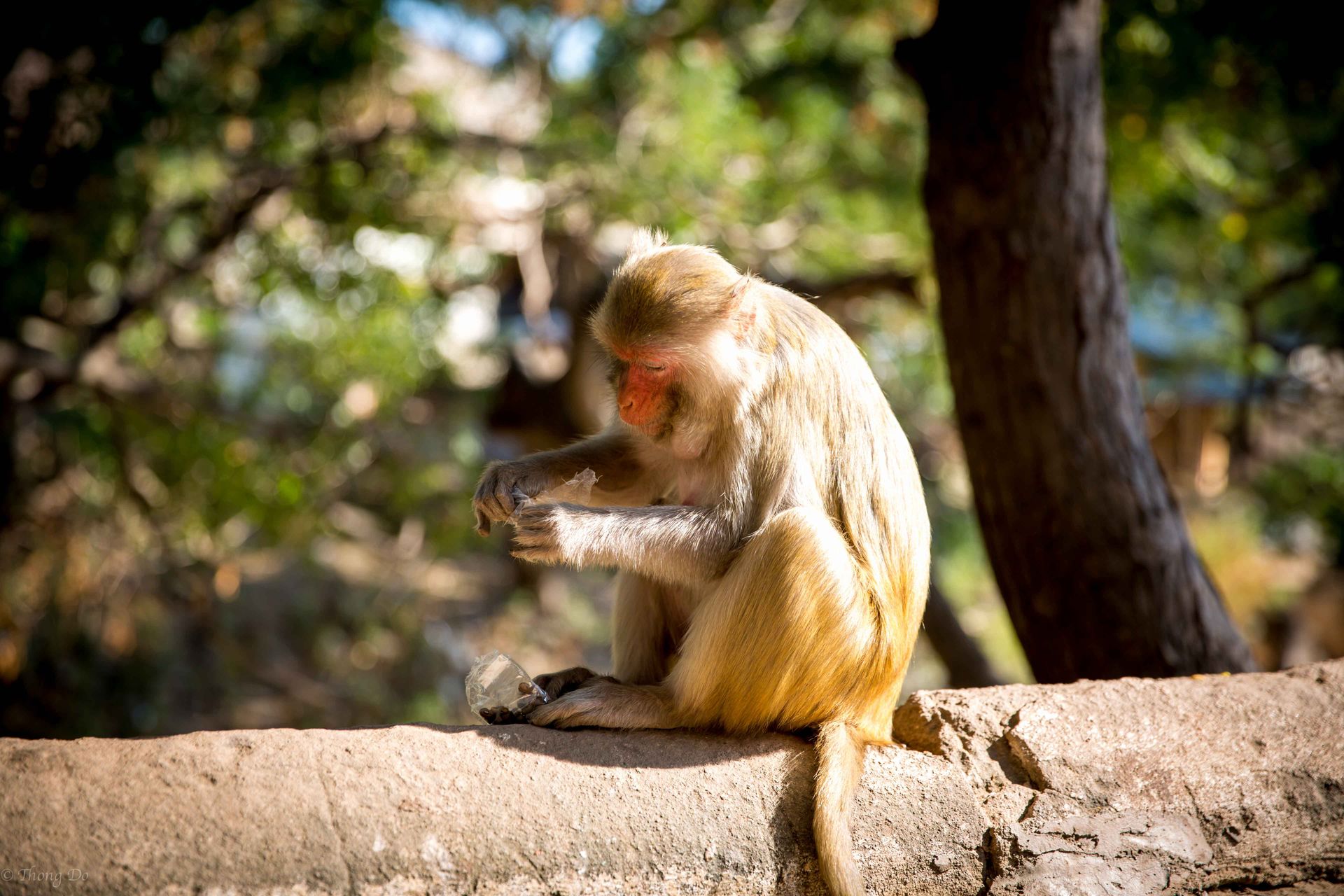
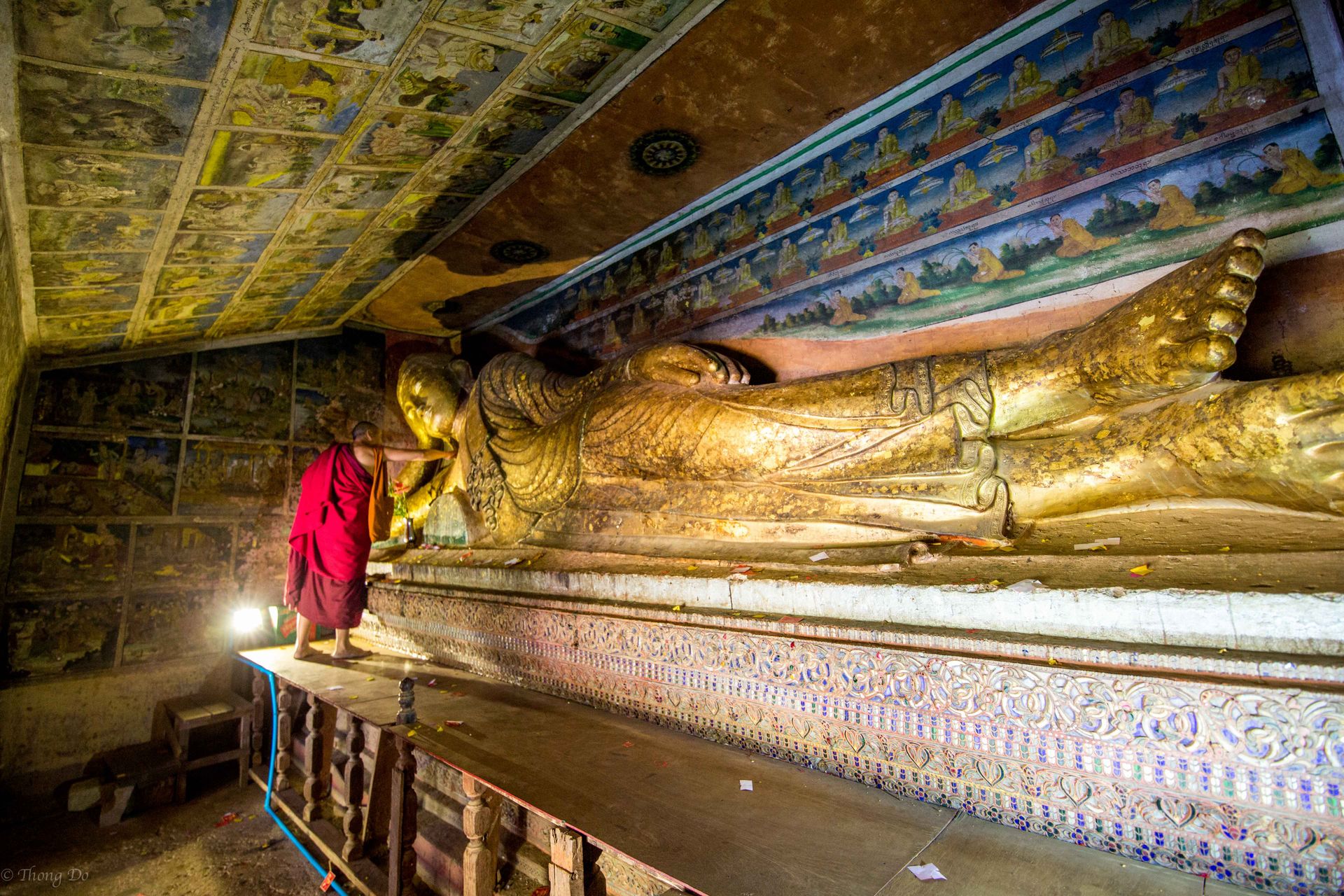
This area was carved sometime between the 14th-18th centuries, the first group of caves, nearest to the village, contain a large number of wood and stucco Buddhas, and a few retain some geometric patterns and episodes from the Jatakas. The areas inside the cave that aren’t exposed to the weather are in relatively good condition but the areas that are exposed have seen their best times behind them.
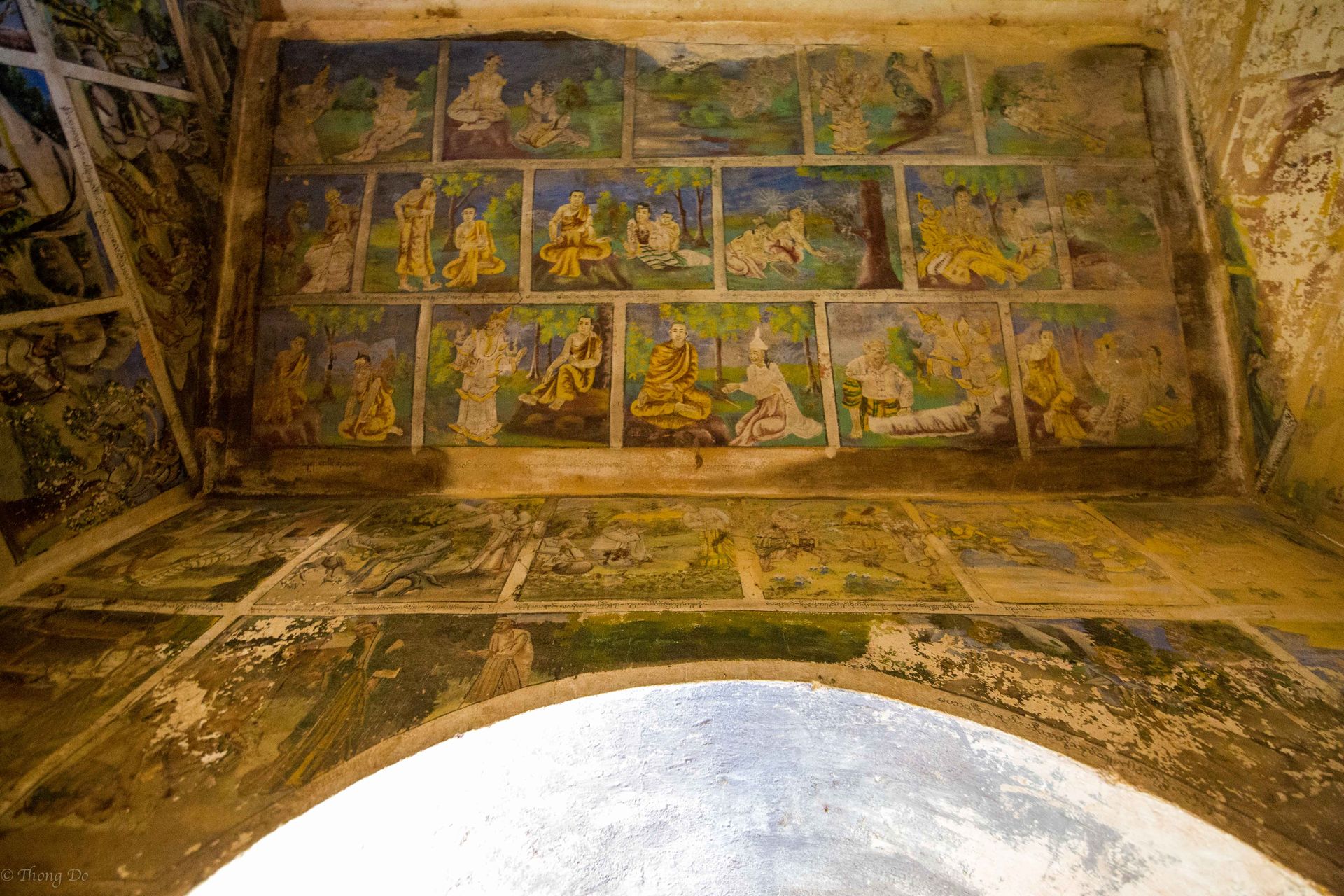

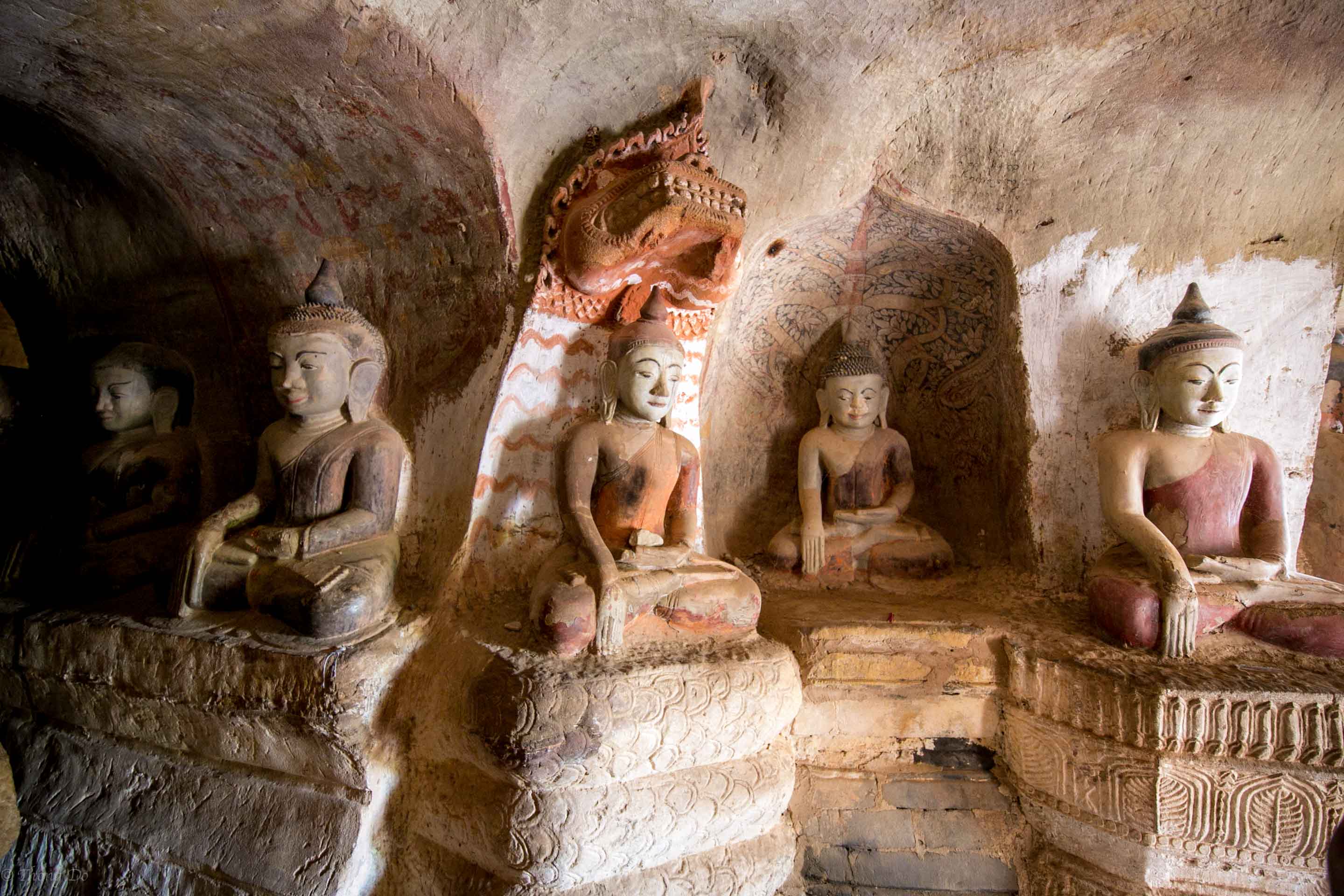
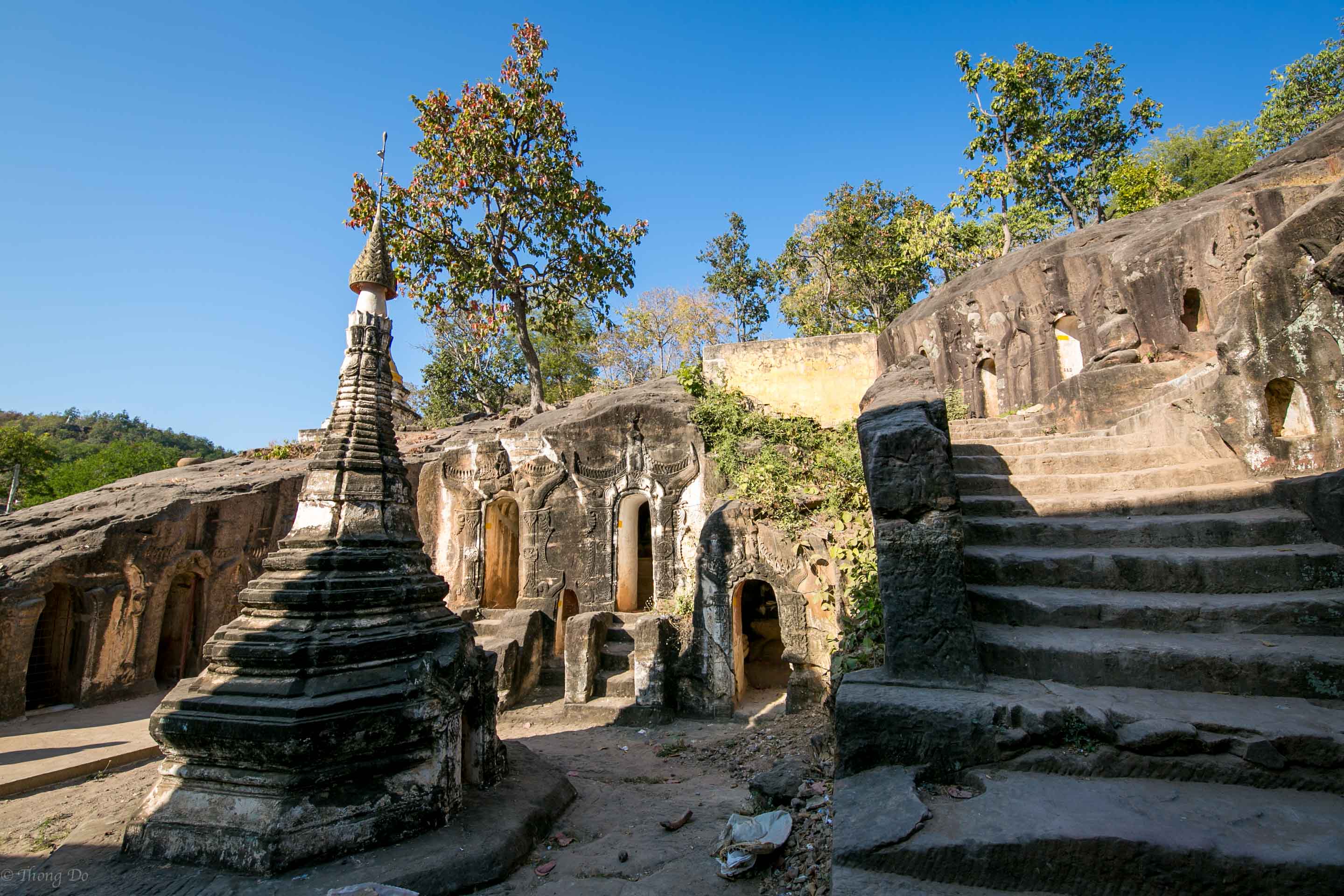
An absolute must-do when visiting this spiritual complex is to hire a local to feed the packs of roving monkeys that are running wild here. My tourist guide took care of it for me and it was really quite vital since the monkeys are used to be people and can be quite bold and sometimes aggressive. There are plenty of ladies standing around when visitors come to offer their fruit and know when and where to feed the monkeys.
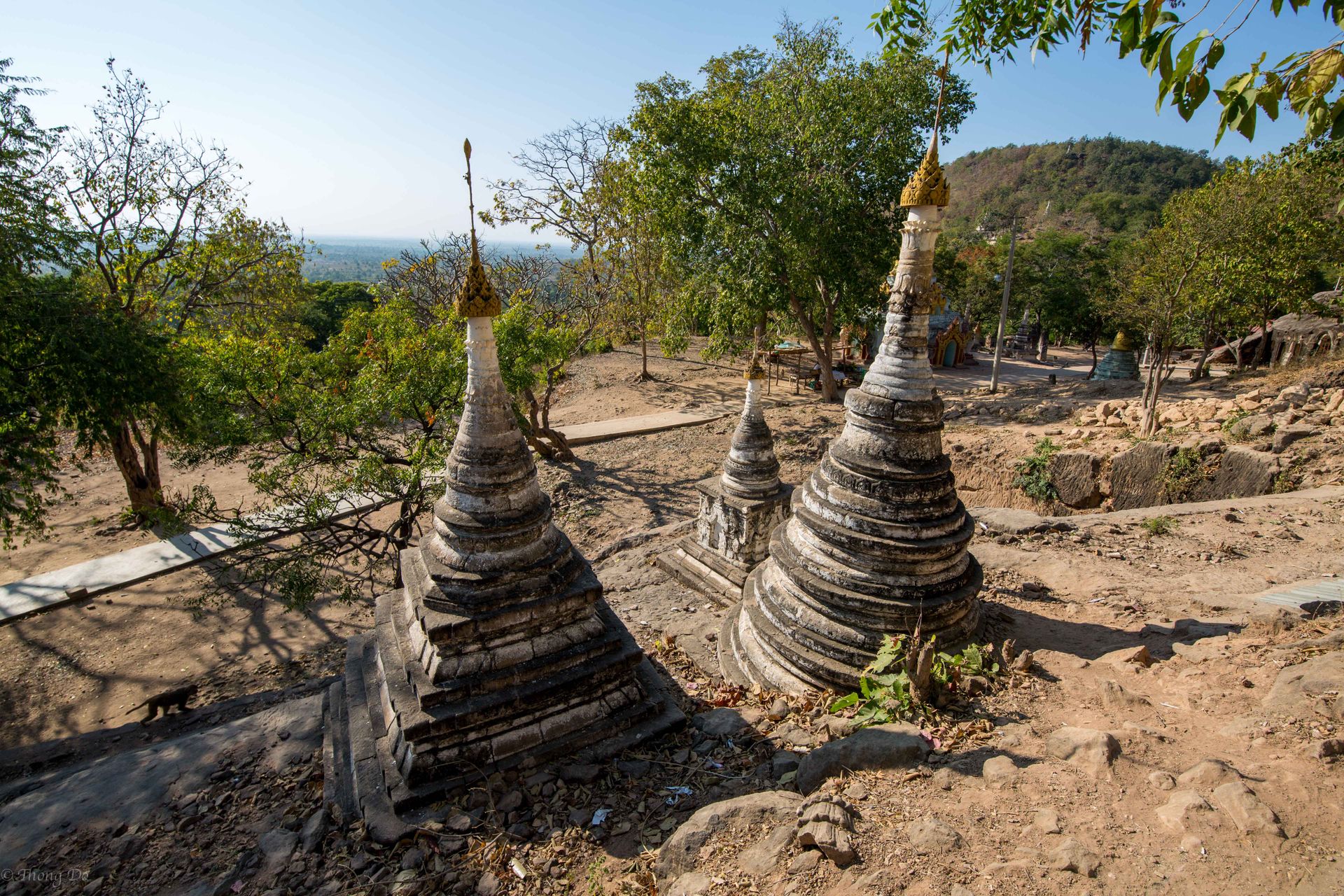
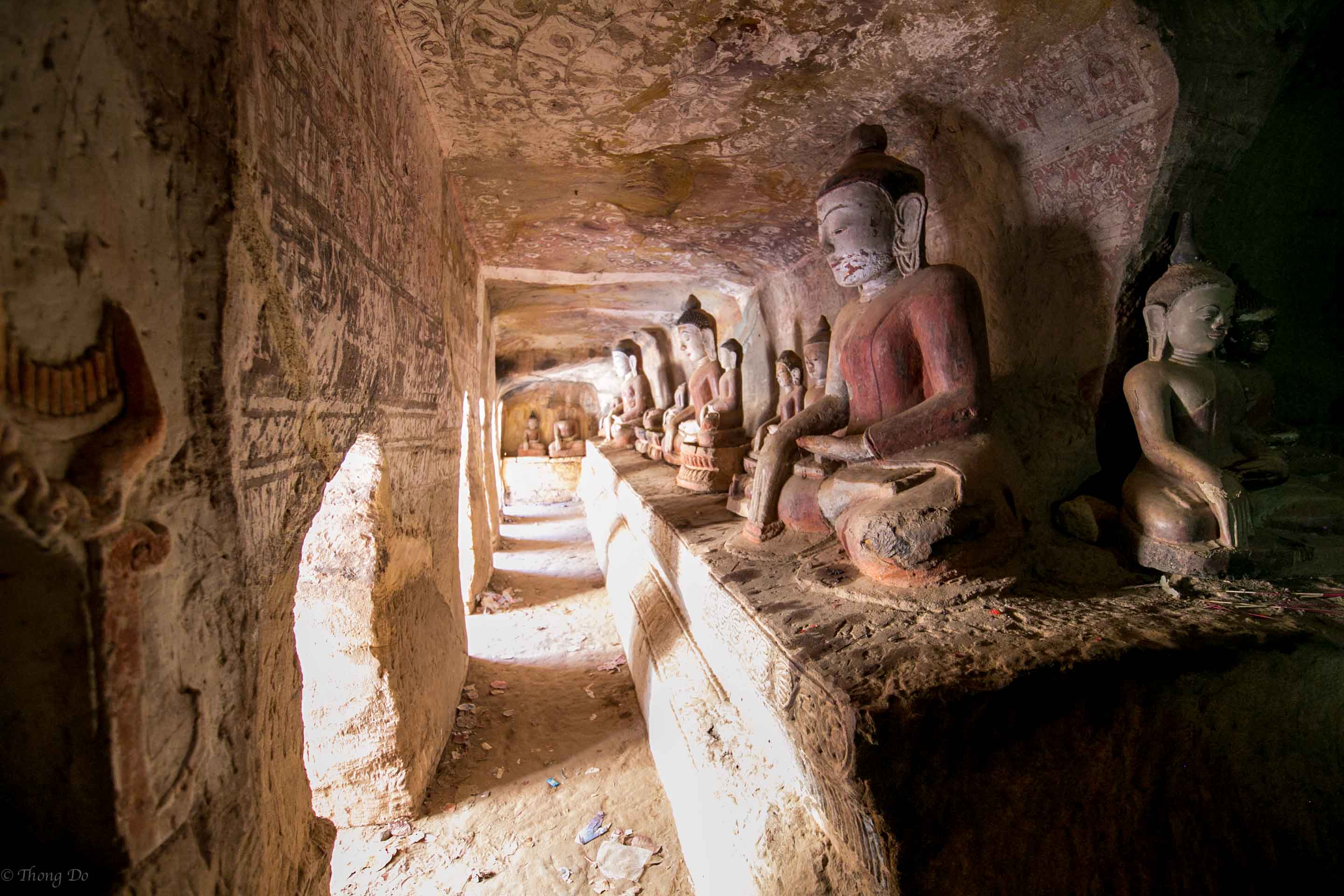
The Pho Win Taung cave complex is amazing to visit and the attention to detail is exquisite. I spent about an hour and a half here and think I managed to see everything in that time. You’ll see plenty of monks also there and they will be asking for donations too. Just remember that this is a holy institution and if you enter any of the caves you must remove your shoes.
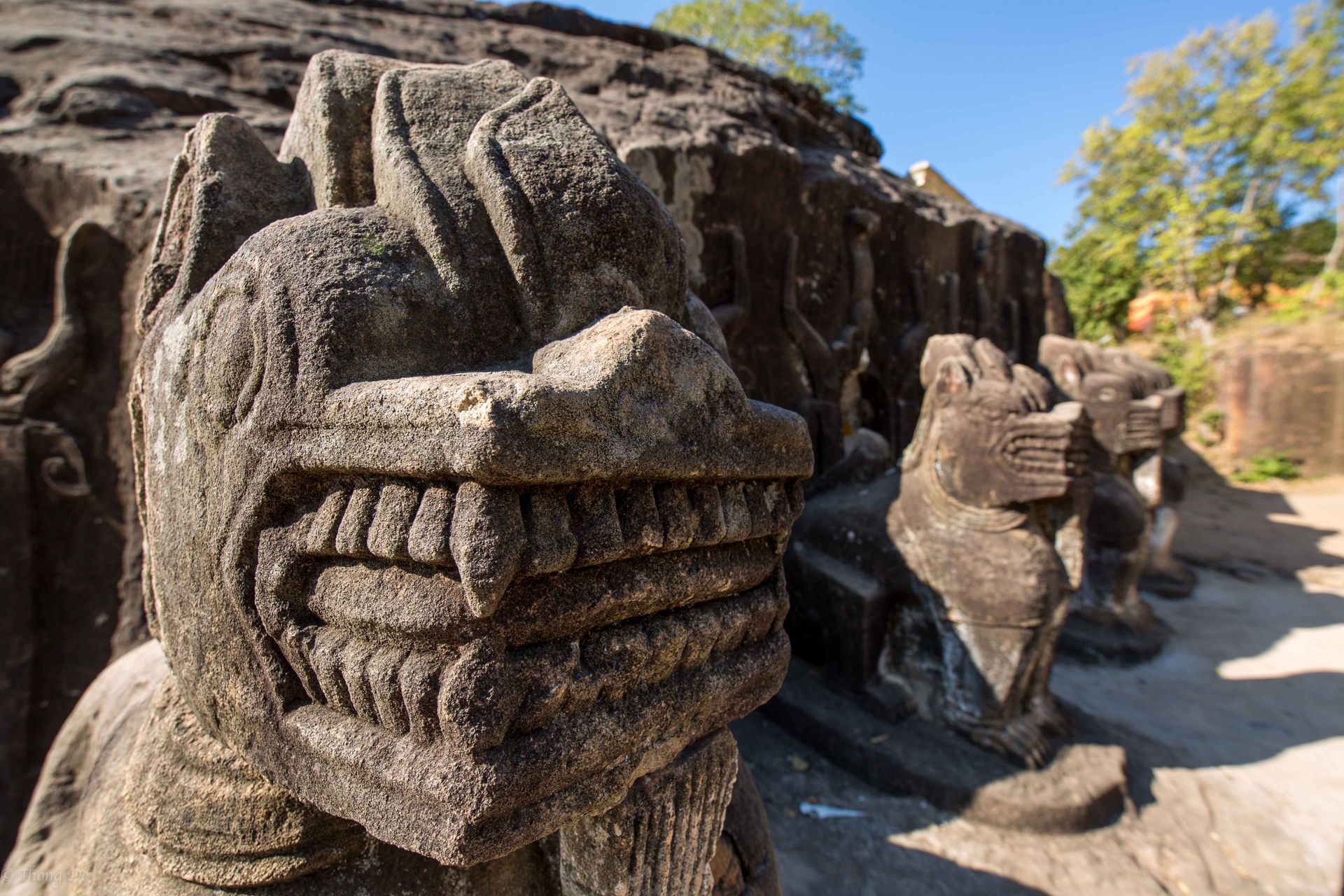
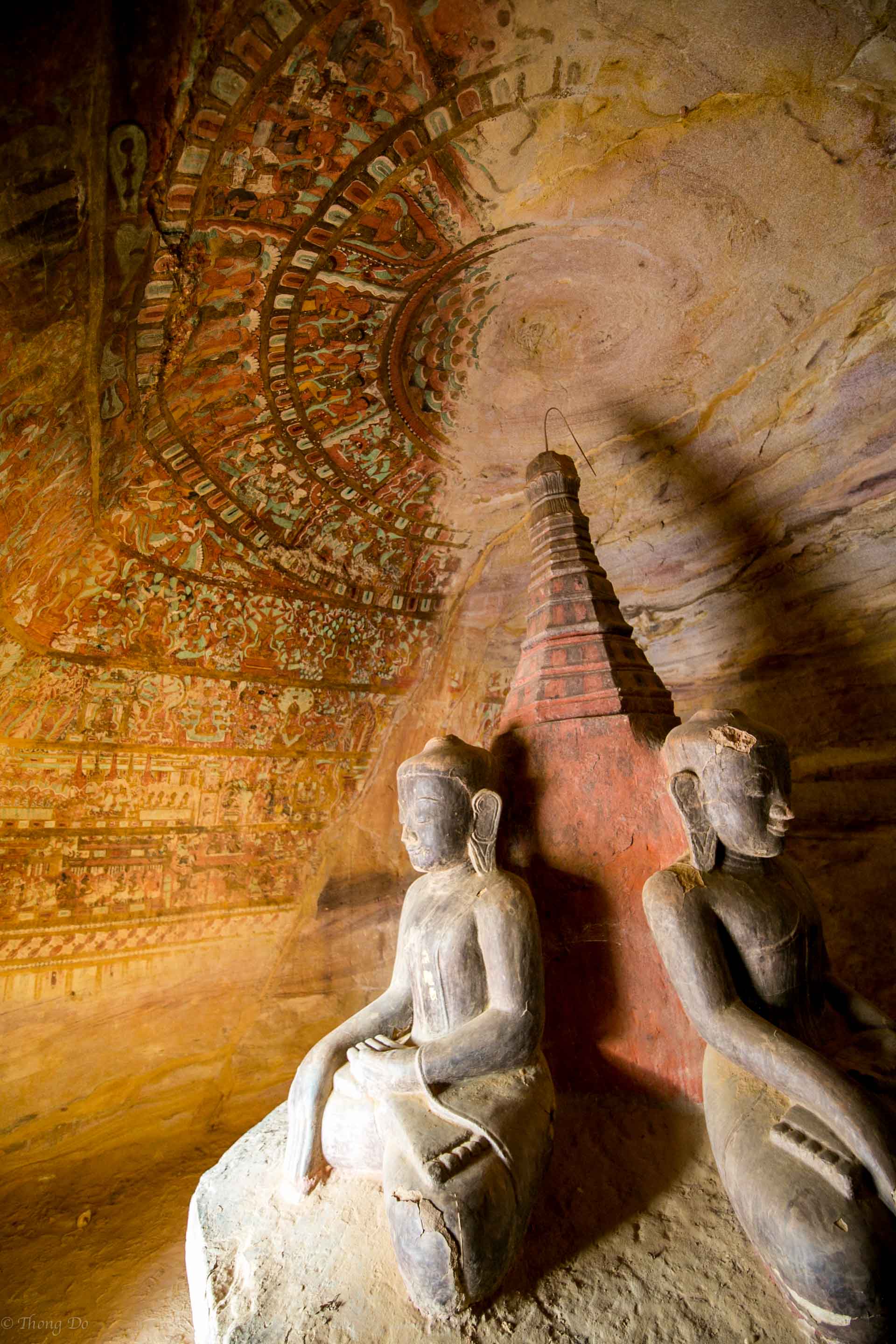

The other place to see that is just minutes away in a neighboring village called Shwebataung lays another complex of 46 rock-cut monuments. Carved into the stone it is reminiscent of the Petra in Jordan. To enter you walk down a stone cut staircase below and have the option of going straight or turning right. It doesn’t matter which direction you go in the labyrinth since the main staircase is the only entrance. The statues and monuments are big so make sure you have a wide lens to capture them in its entirety.
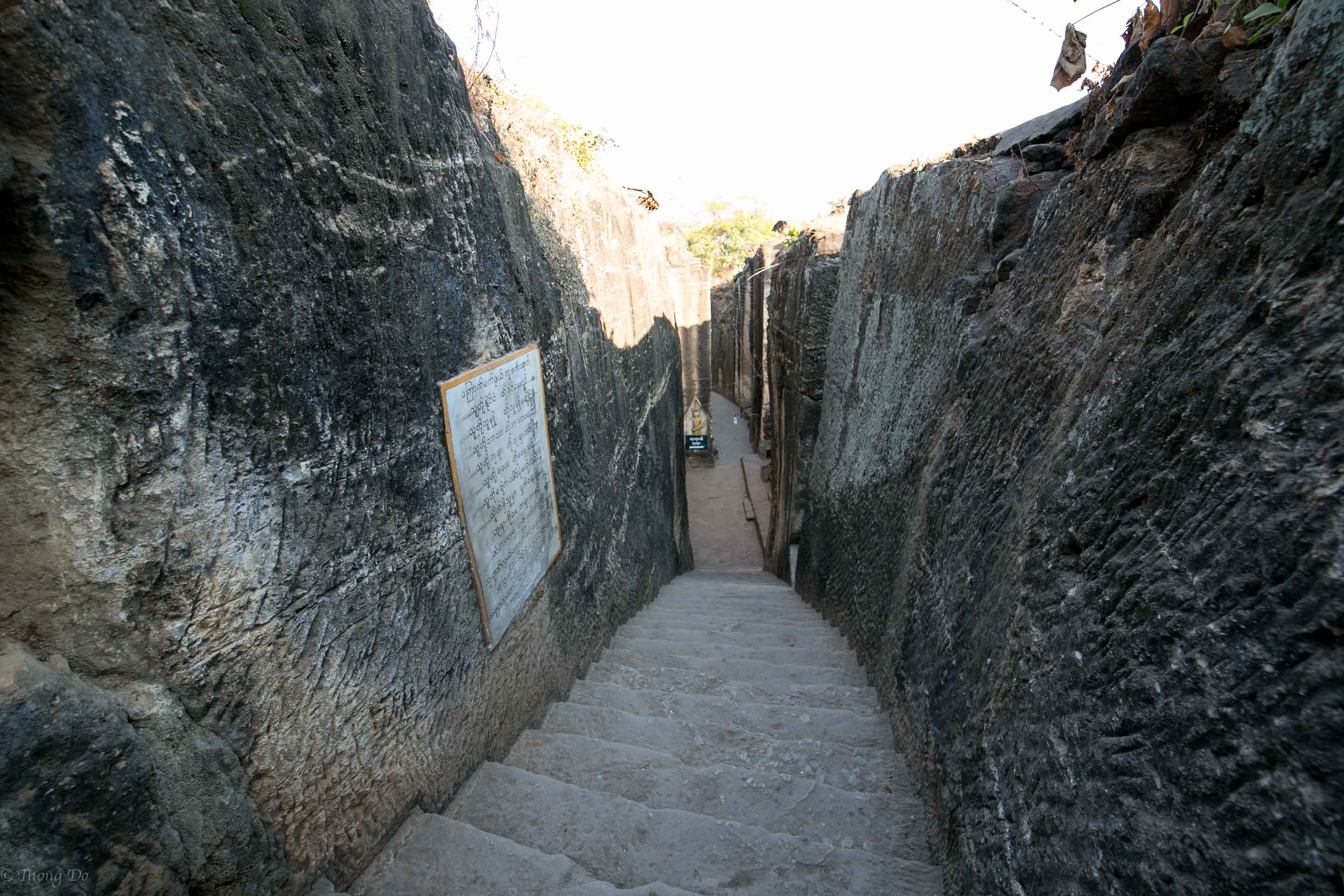
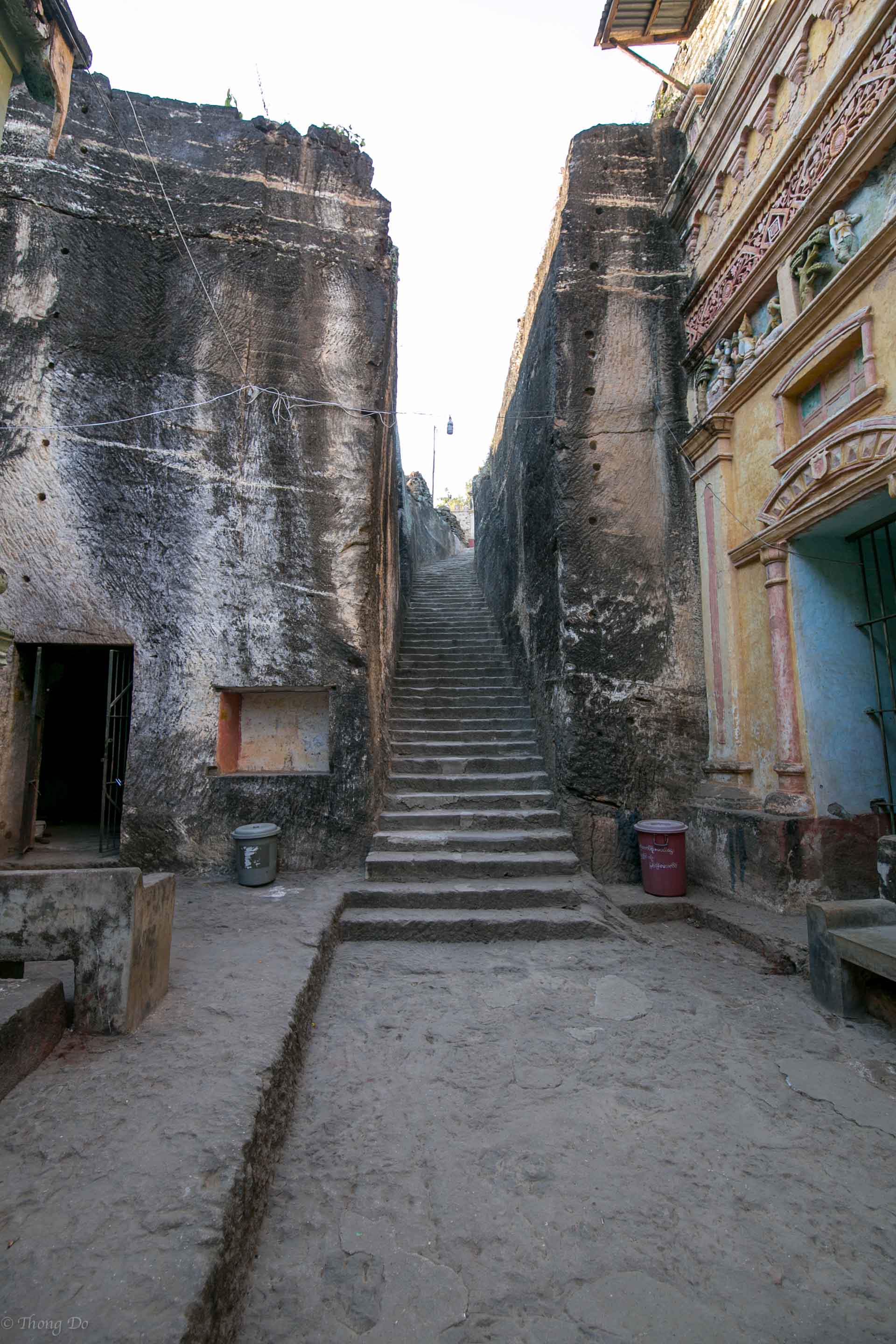
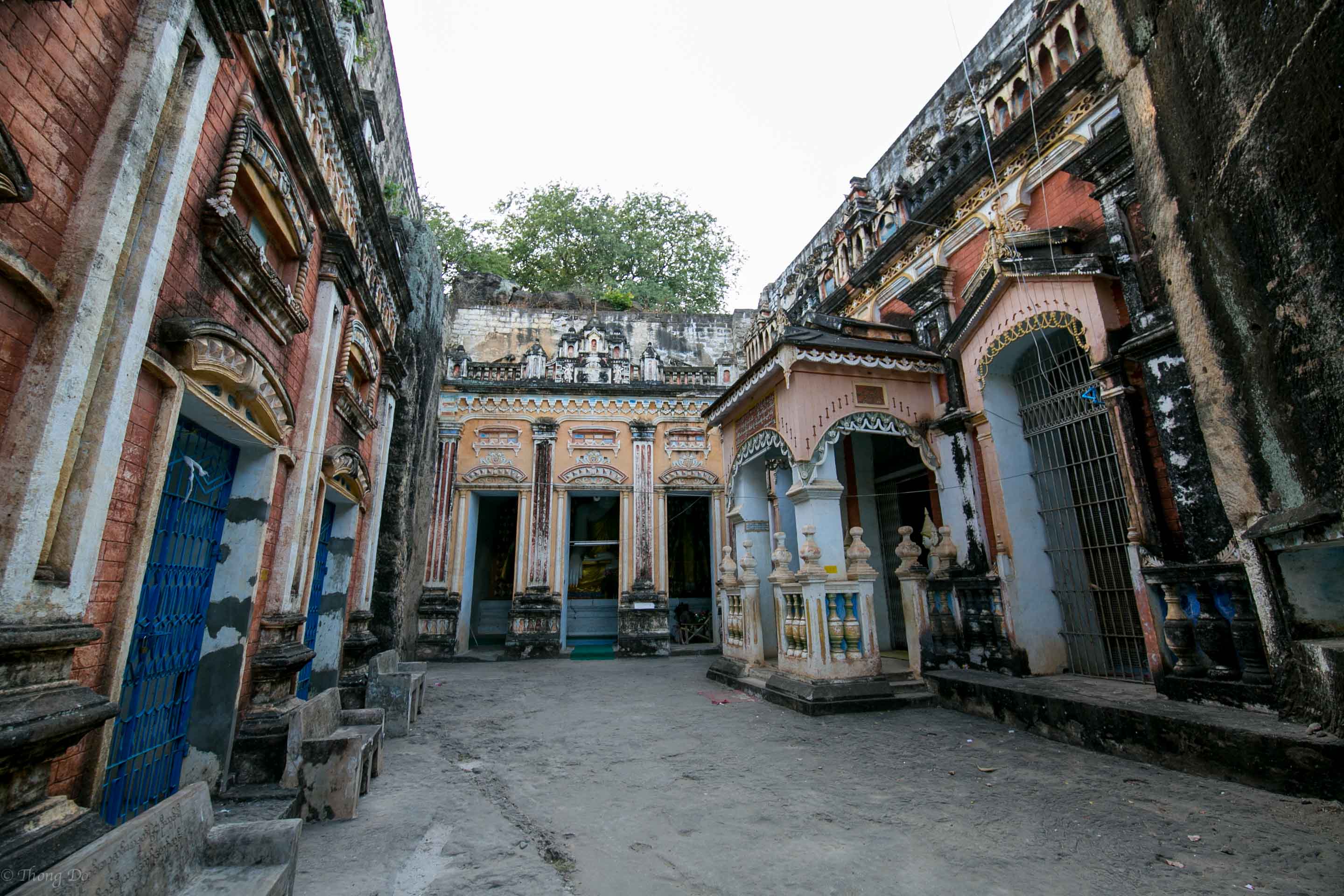
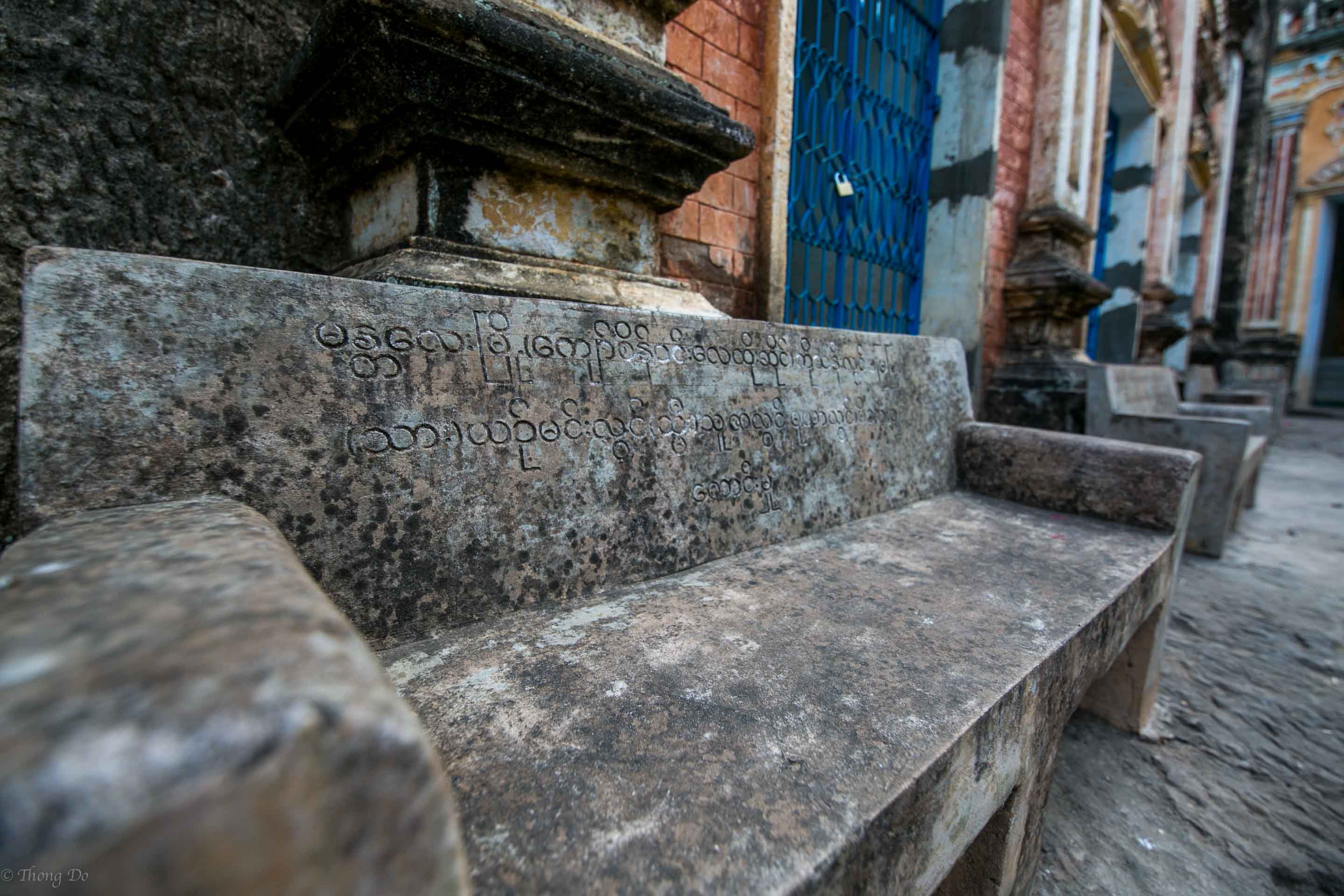
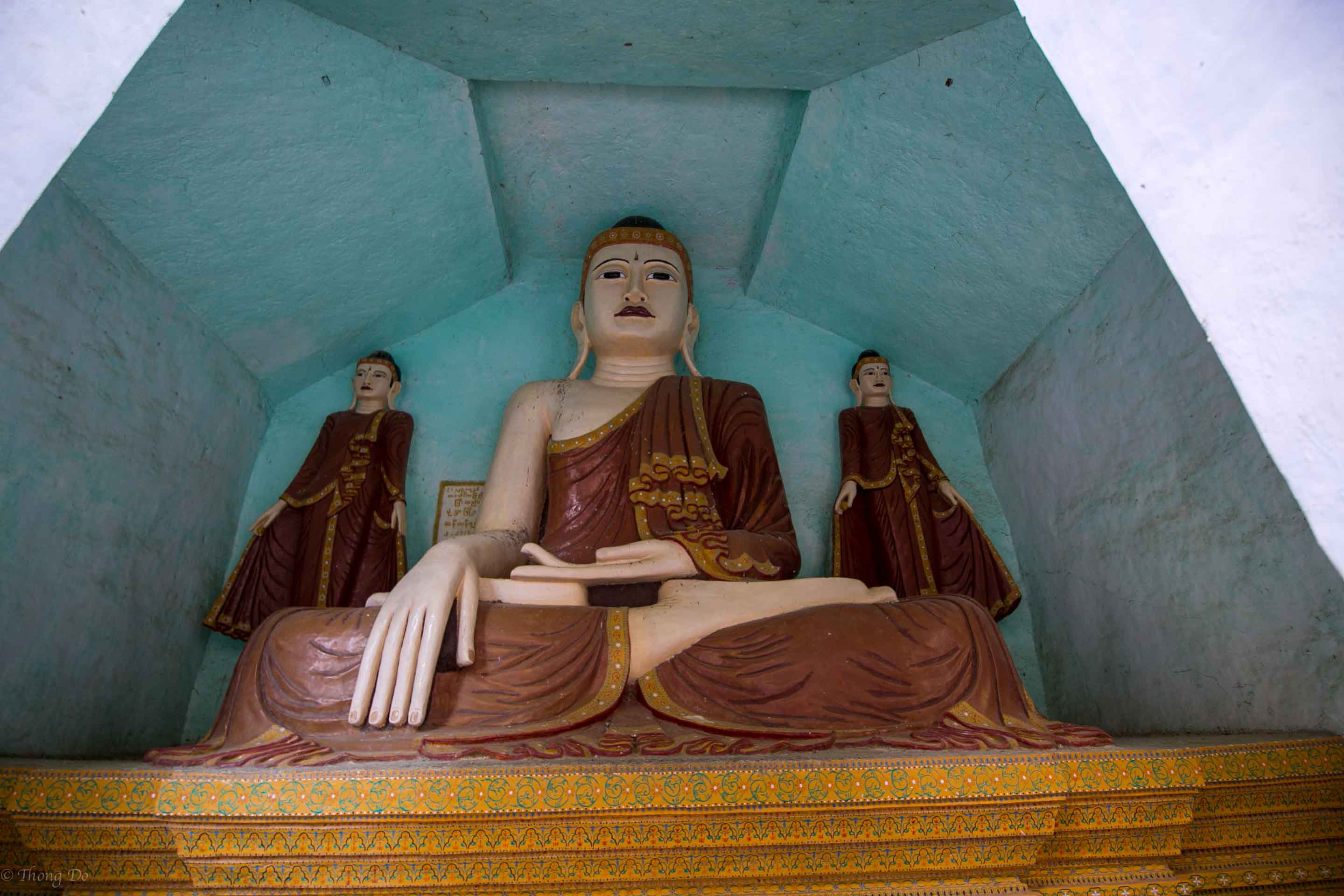
The area was originally a flat sandstone outcrop and deep and narrow pathways have been painstakingly carved out of the rock by hand. The sides were carved out to create rows of temples each with its own unique style. The evidence that they carved from the top and worked their way down is by the strategic holes on the side of the temples. I witnessed this same approach when I visited the Petra in 2013 and my tour guide then explained how they did it.
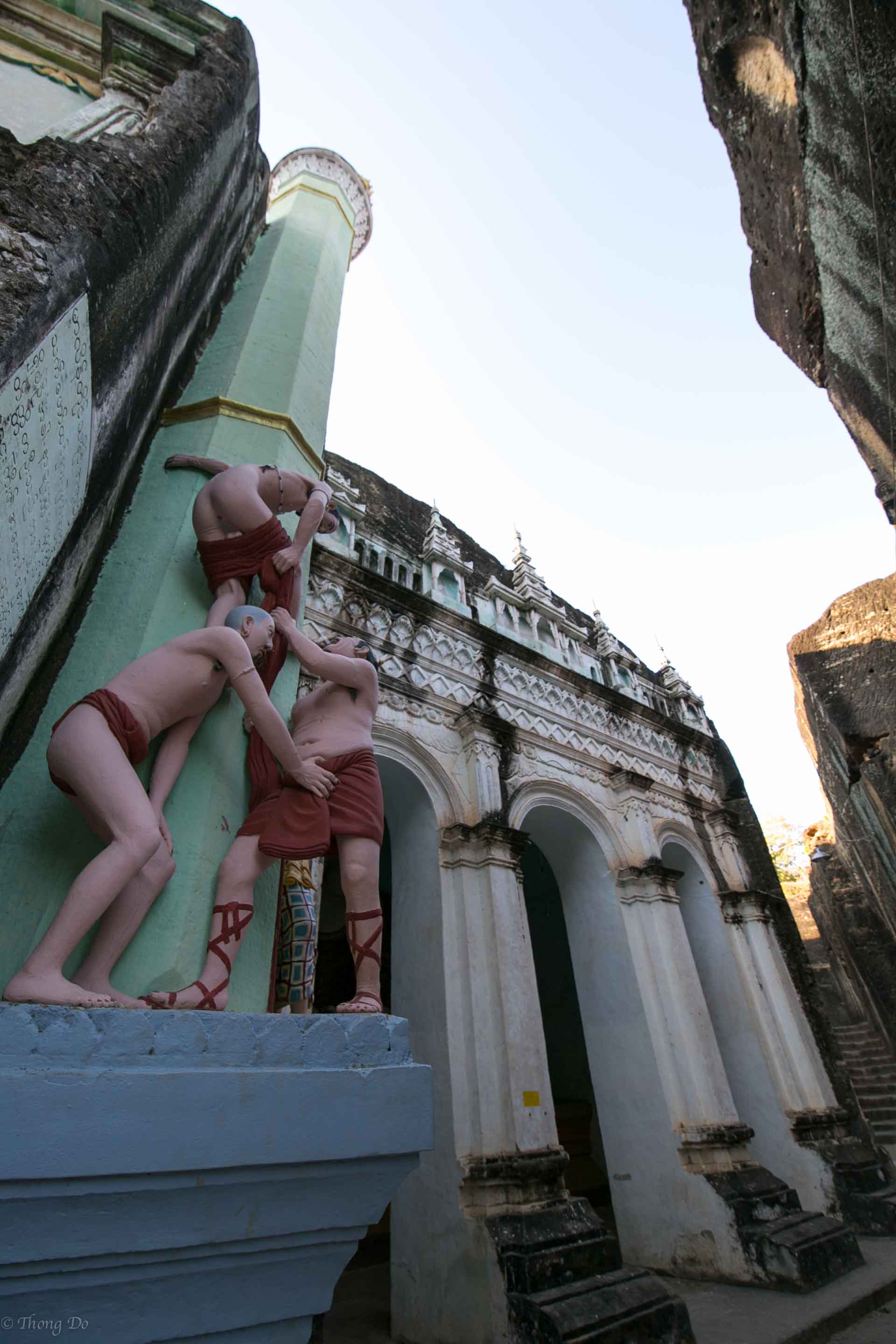
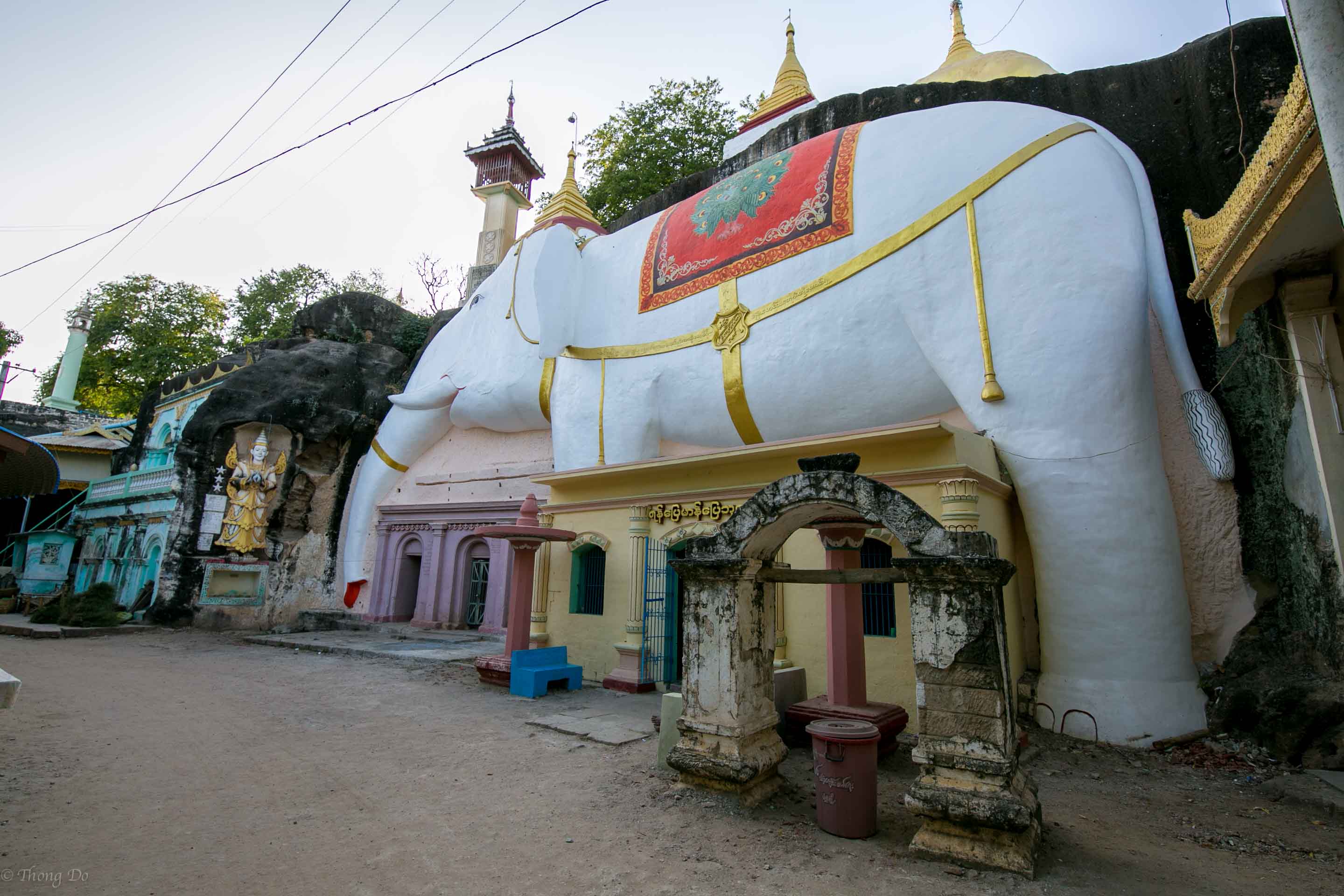
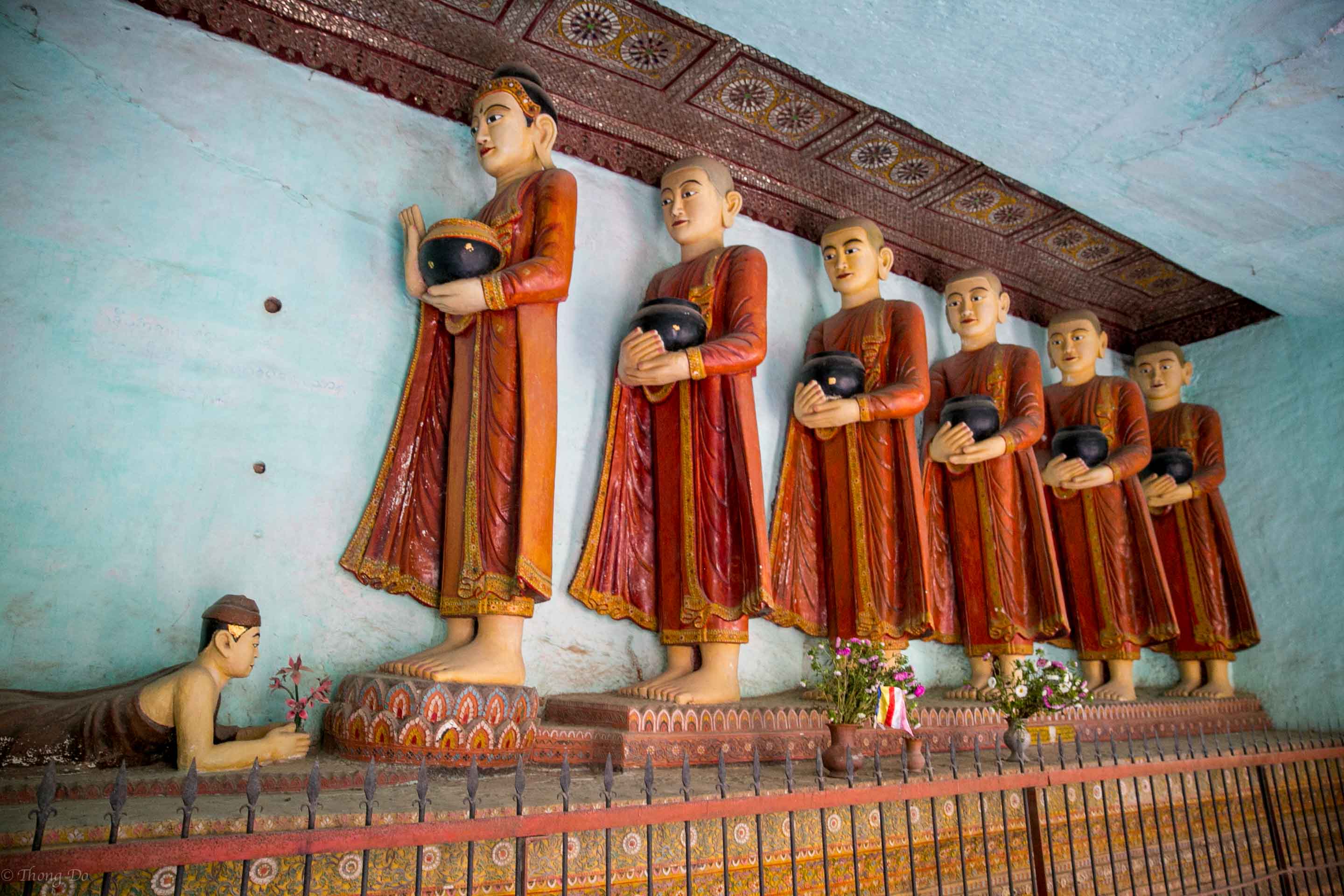
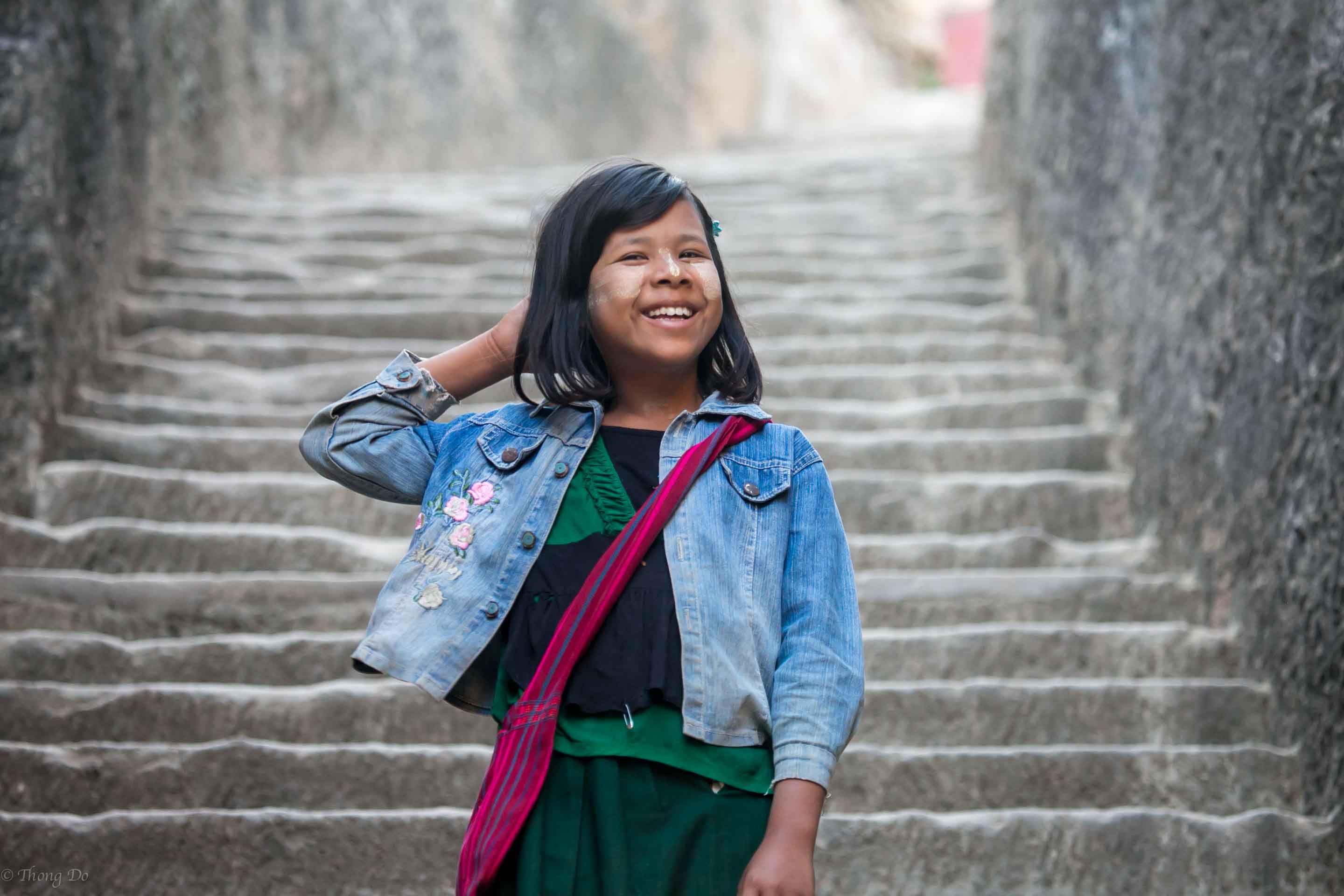
There are some temples that are unfinished but most of them were finished in the 20th century. There are plenty of food stalls and stands for souvenirs nearby too. It shouldn’t take you more than 45 minutes to see the entire labyrinth. Just remember to take off your shoes too. This is worth checking out and a testament to human perseverance because it’s carved out all by hand!
Happy traveling
